Neuronal mechanism of hydrostatic pressure sensation in zooplankton
Columbia Neuroscience Seminar
Oct 17, 2023
Centre for Organismal Studies, Heidelberg University
@jekely@biologists.social
Emerging marine model organisms
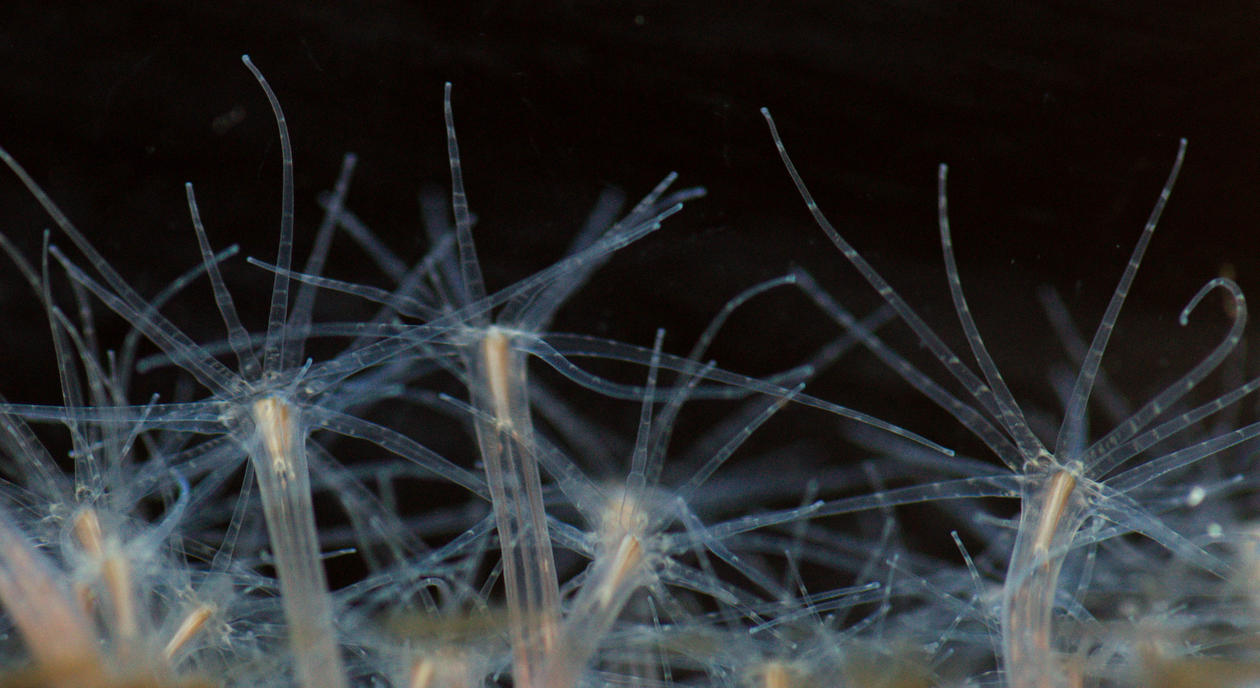
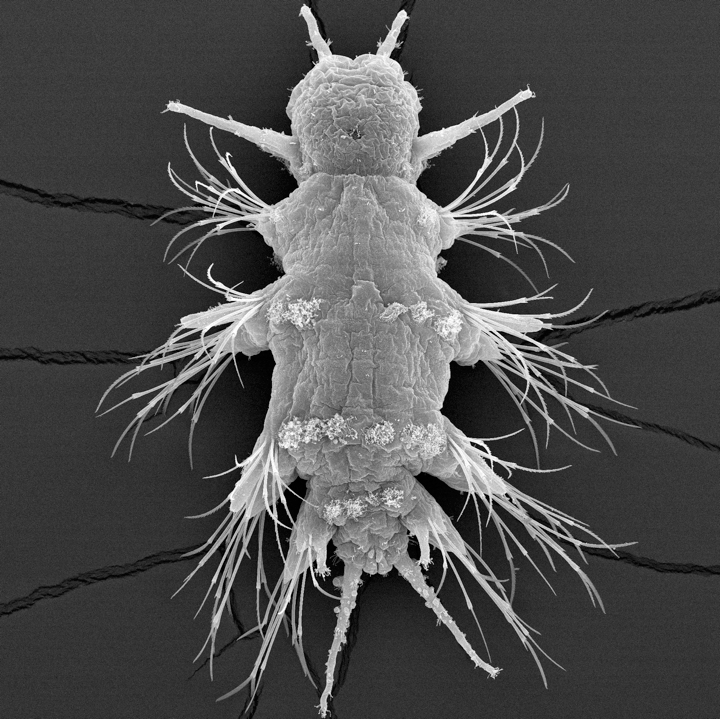
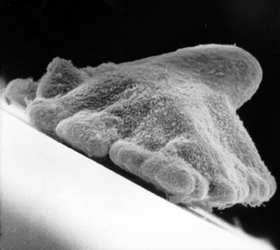
Platynereis dumerilii
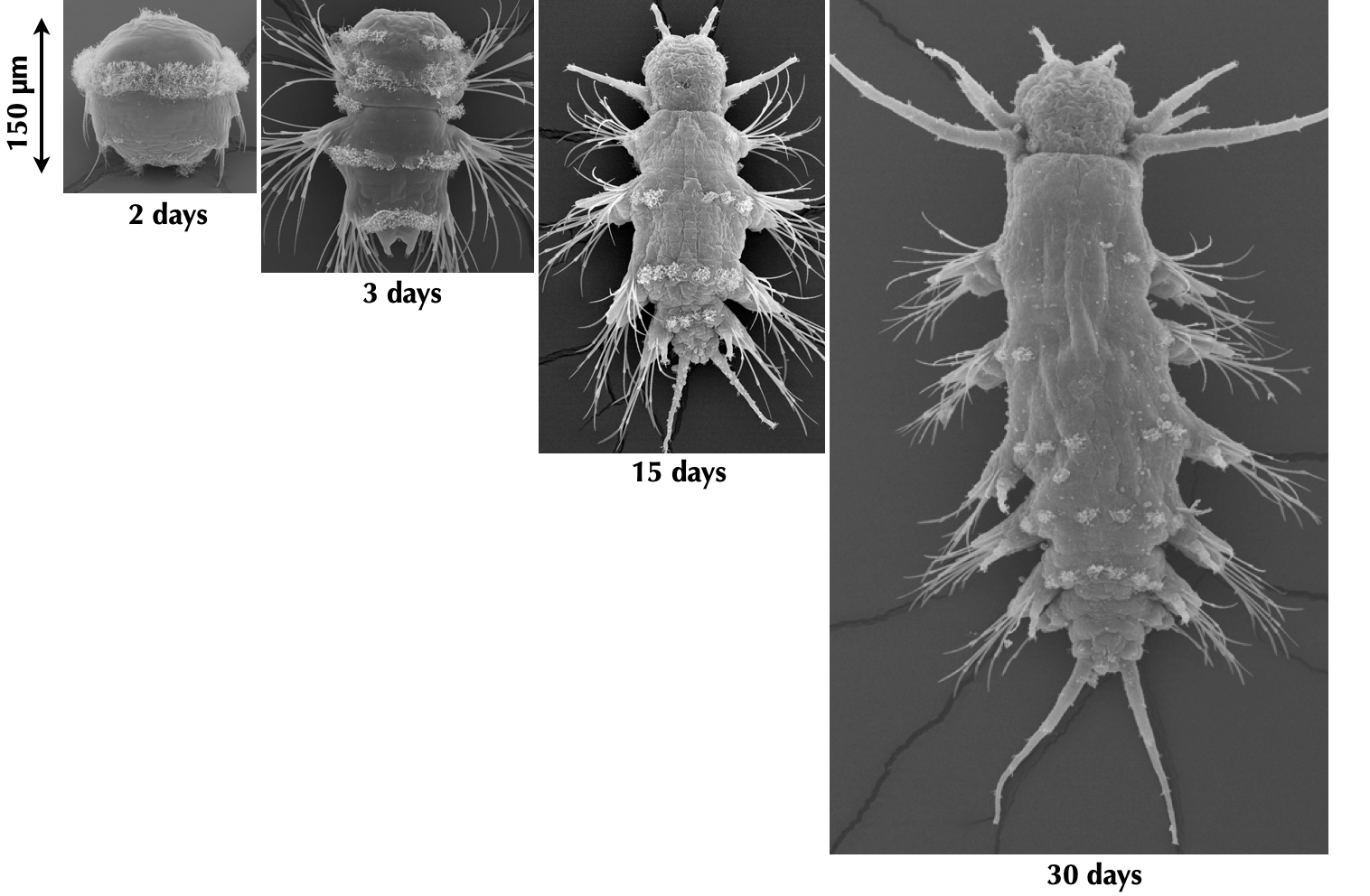
- breeding culture, full life-cycle
- embryos daily, year round
- genome sequence
- microinjection, transgenesis
- neuron-specific promoters and antibodies
- knock-out lines
- neuronal connectome
- whole-body neuronal activity imaging
- whole-animal pharmacology by bath application 😎
Platynereis dumerilii
Spawning
movie by Albrecht Fischer
Synchronously developing larvae
Pressure response in Platynereis larvae
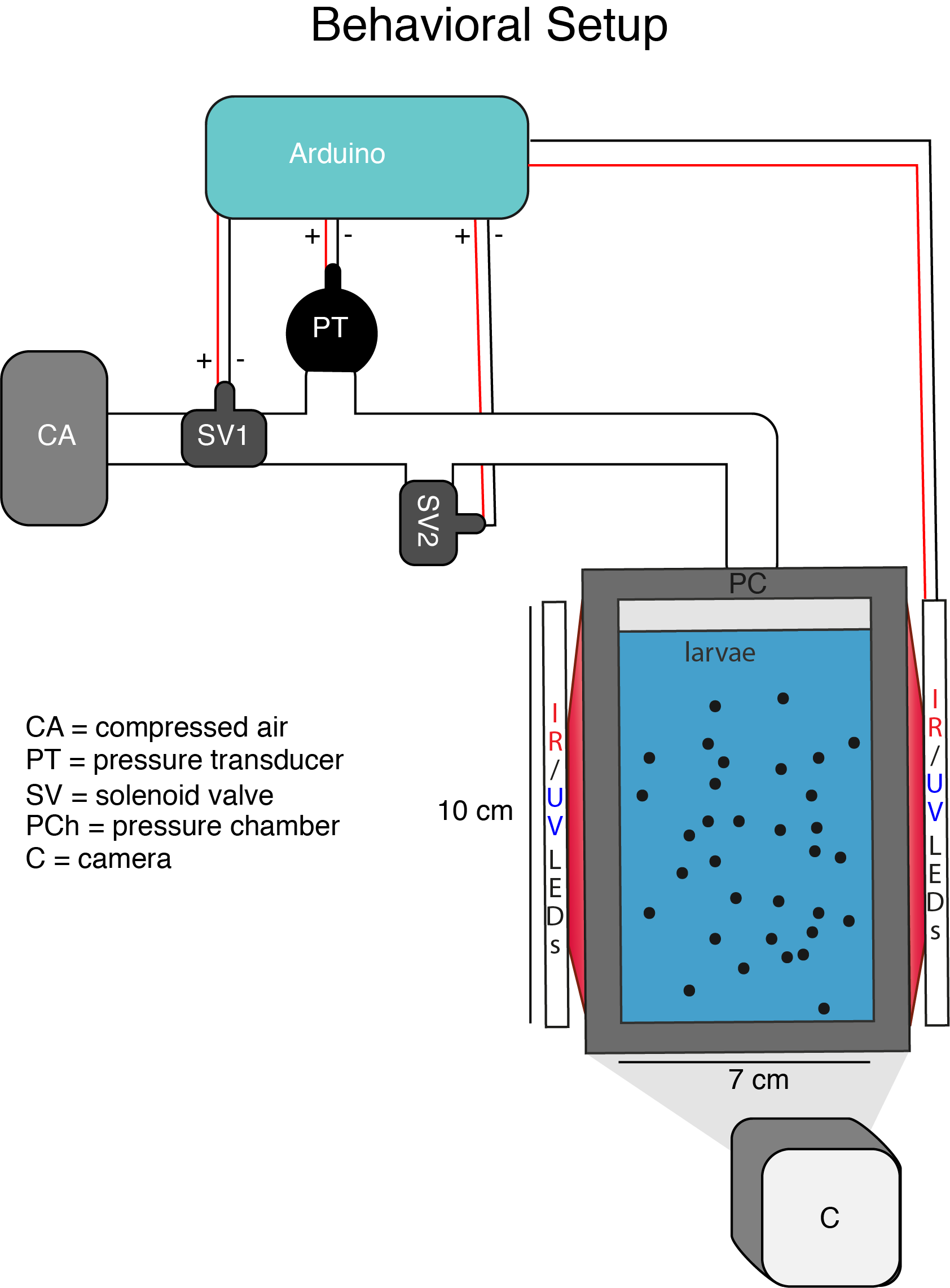
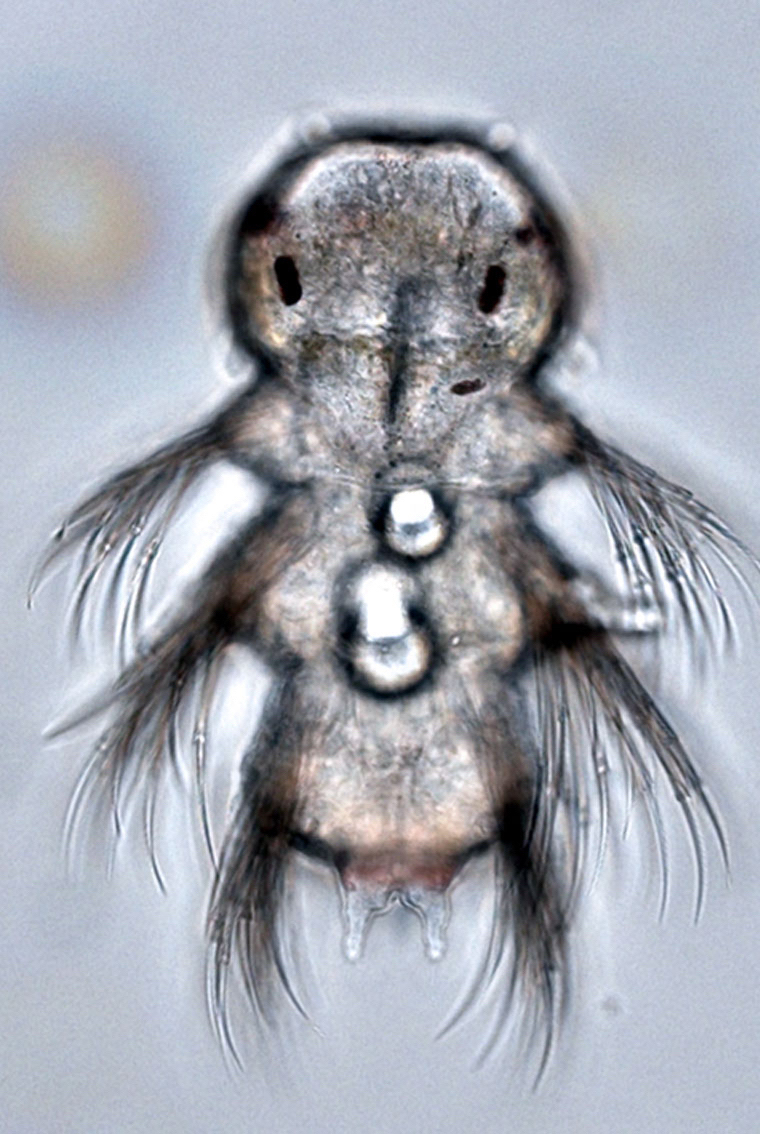
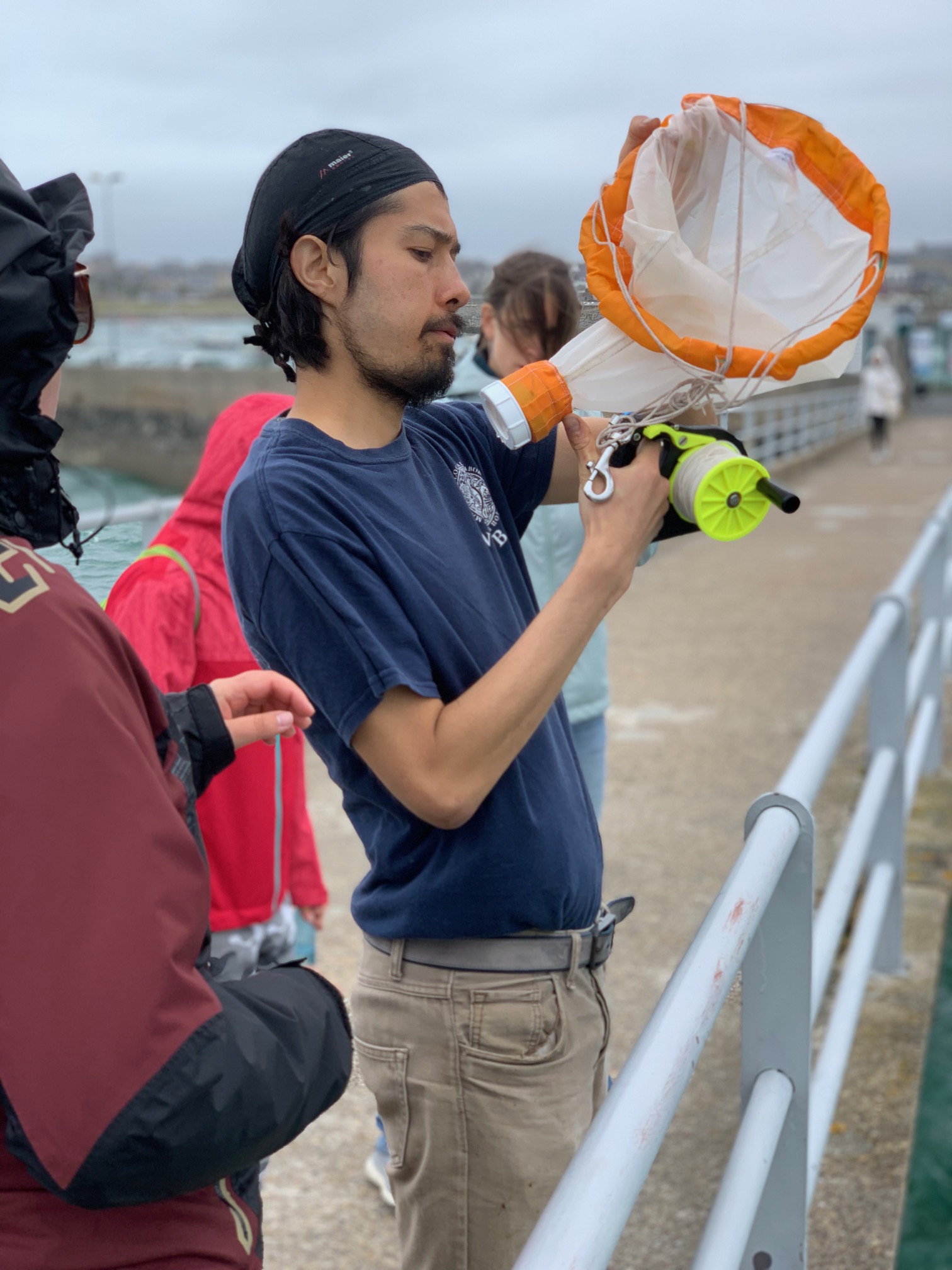
Luis A. Bezares-Calderón
Precise control of pressure in the pressure chamber

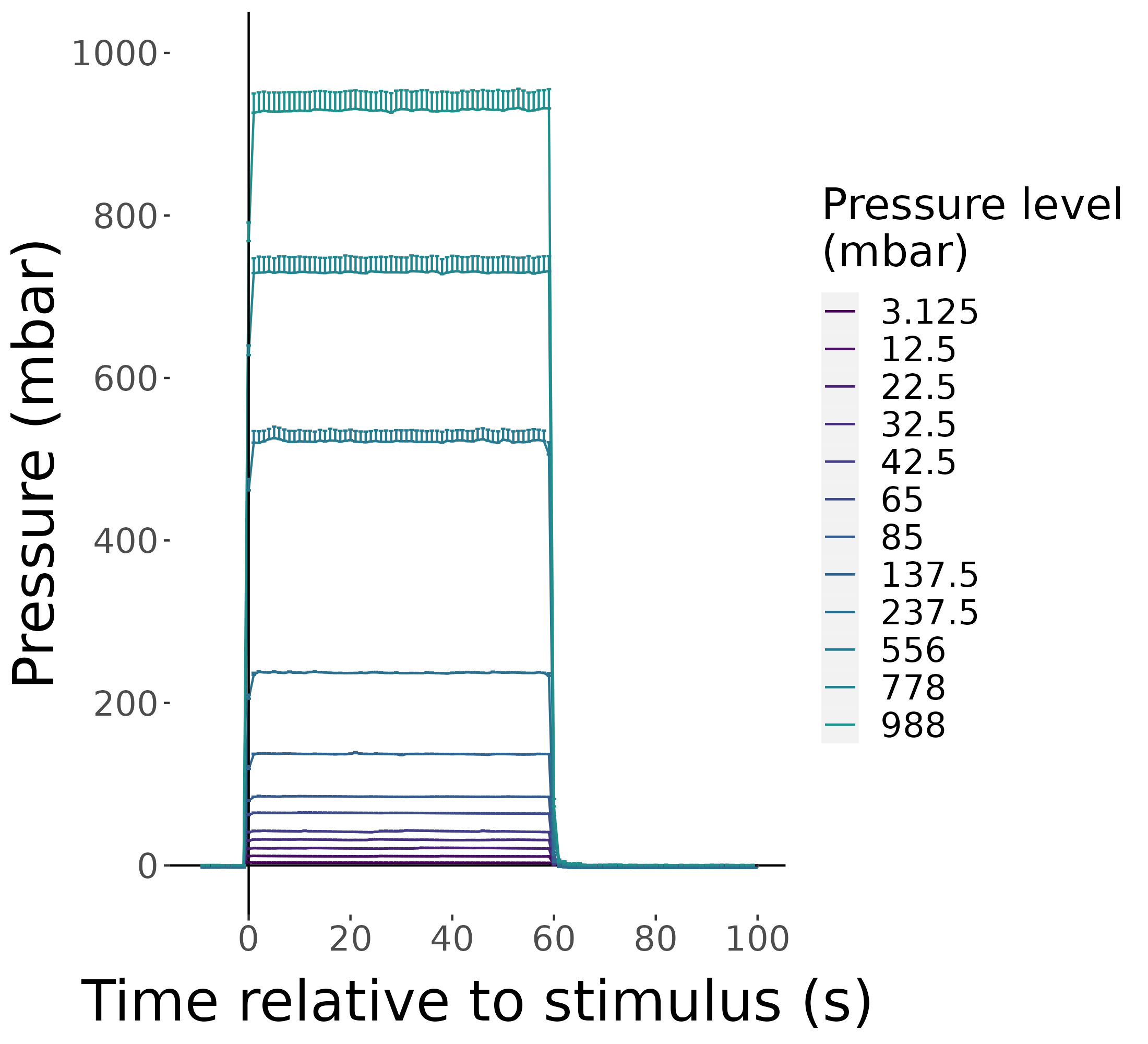
Luis A. Bezares-Calderón
Pressure response is graded
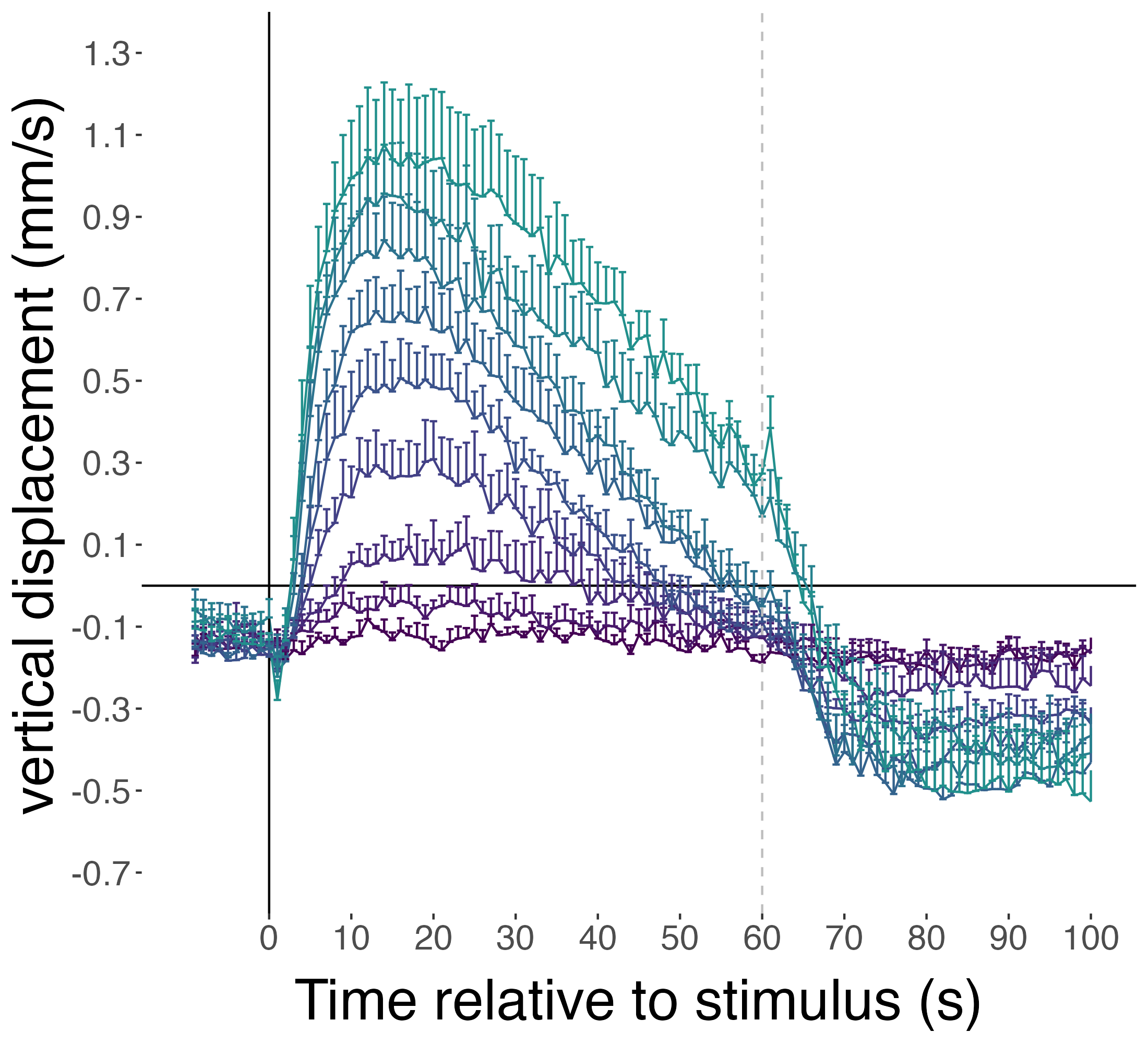
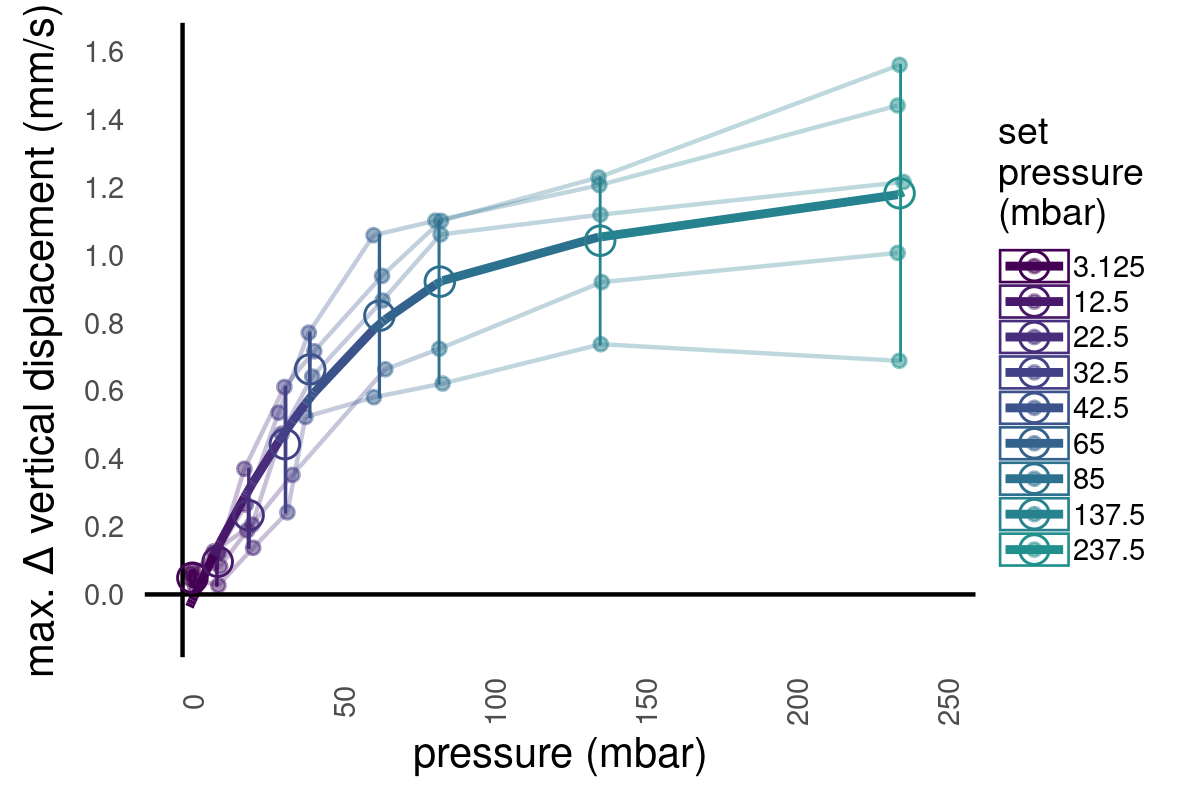
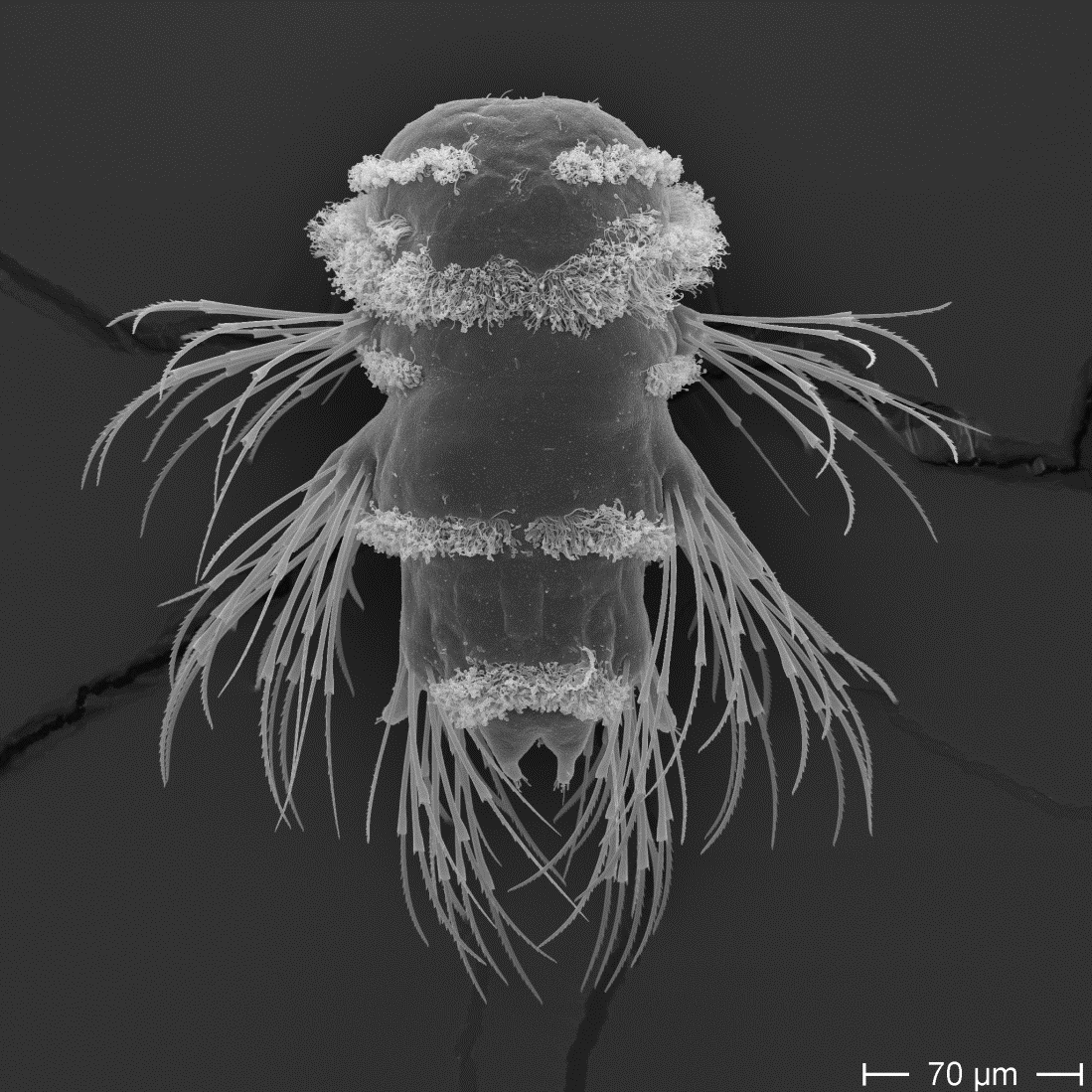
Luis A. Bezares-Calderón
Swimming speed increases, trajectories straighten
 ctr
ctr
 pressure
pressure
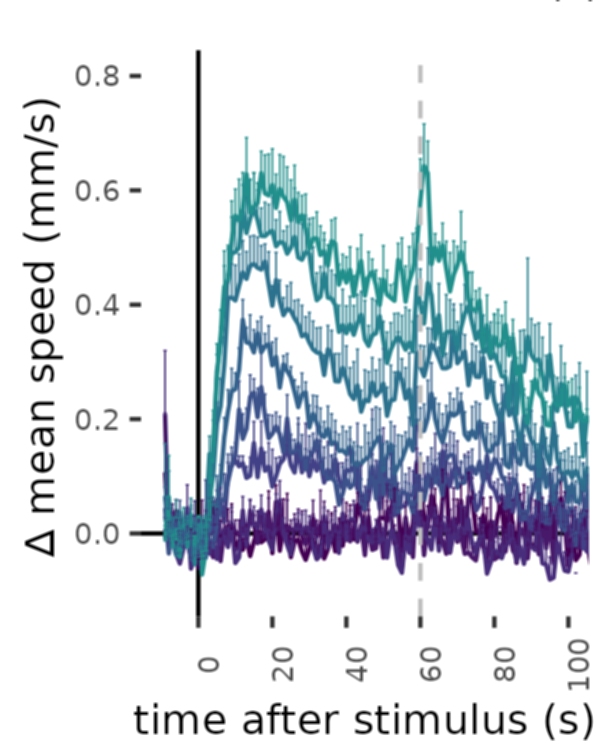

Luis A. Bezares-Calderón
Ciliary beating increases under pressure
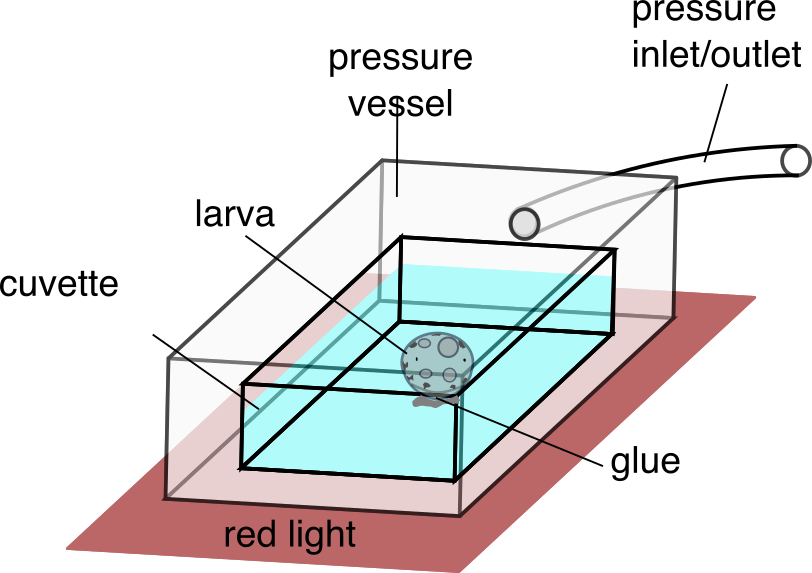
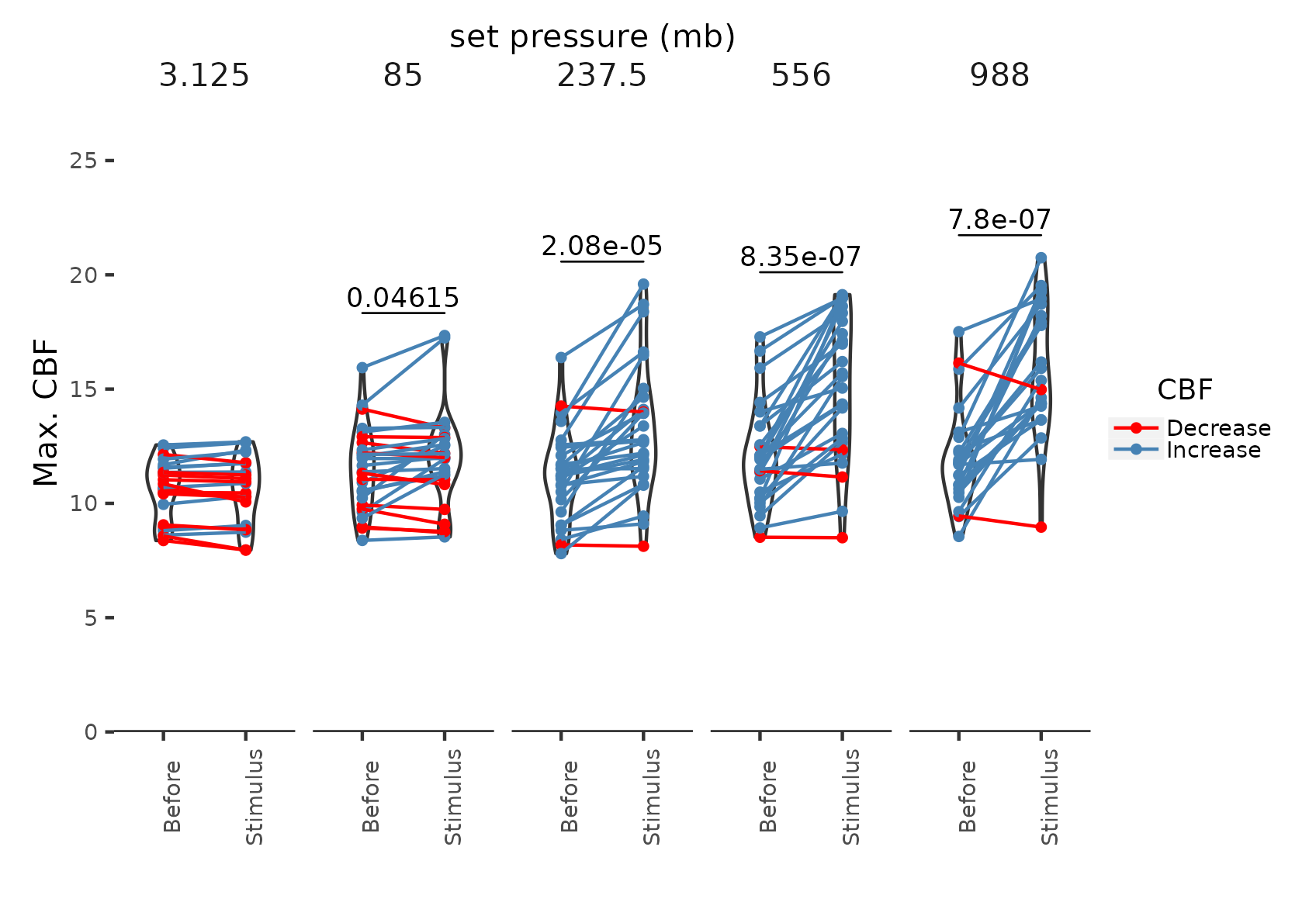

Luis A. Bezares-Calderón
Which cells respond to pressure?
Microscopy pressure chamber 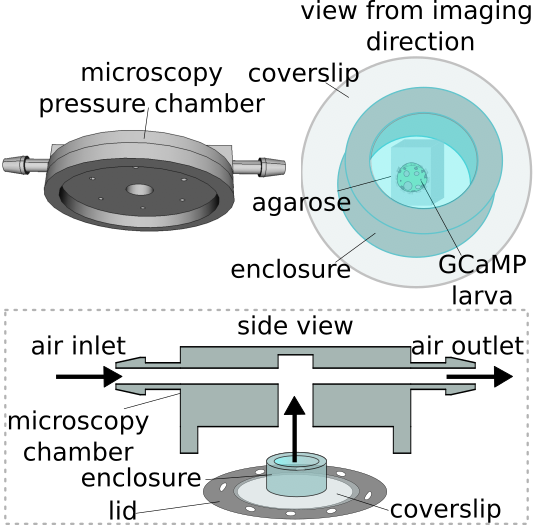
Calcium imaging 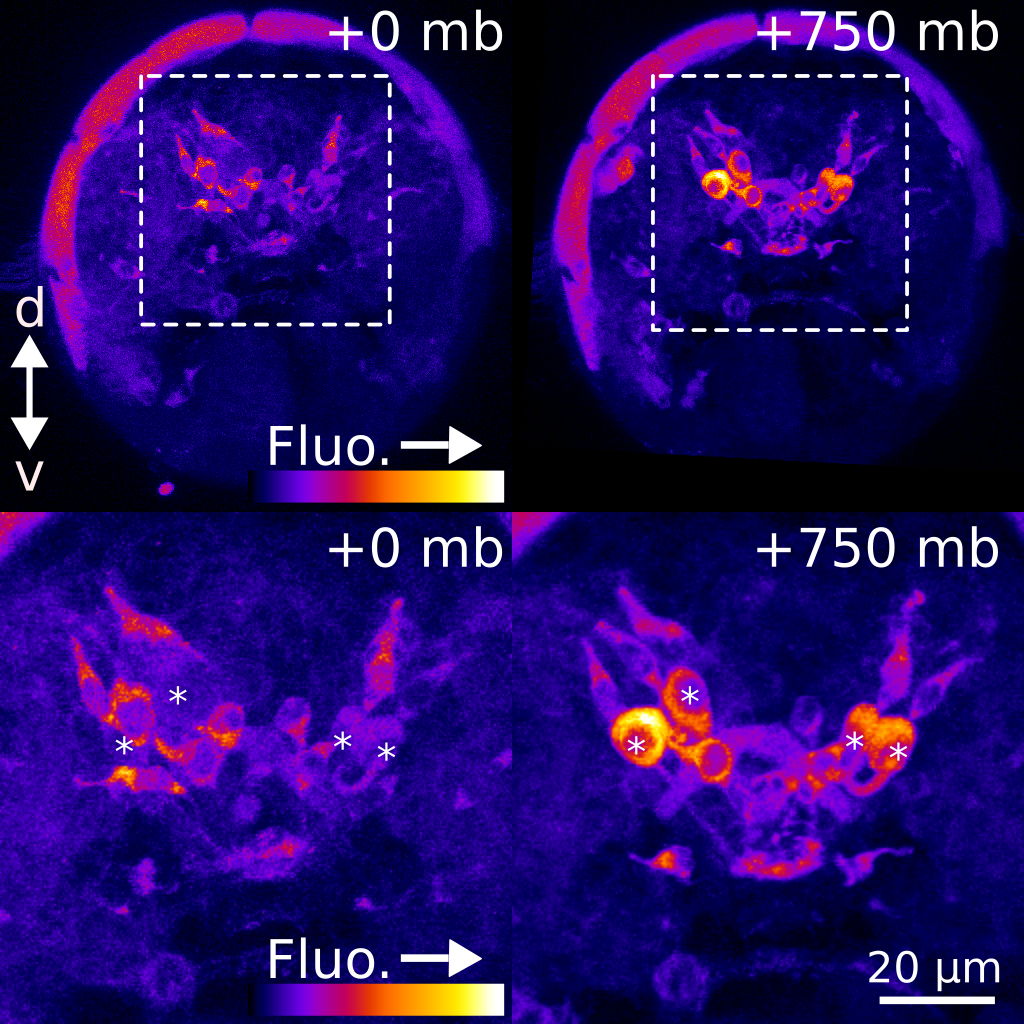
Luis A. Bezares-Calderón
Pressure is sensed by photoreceptors with ramified cilia

Photoreceptor responses to pressure are graded
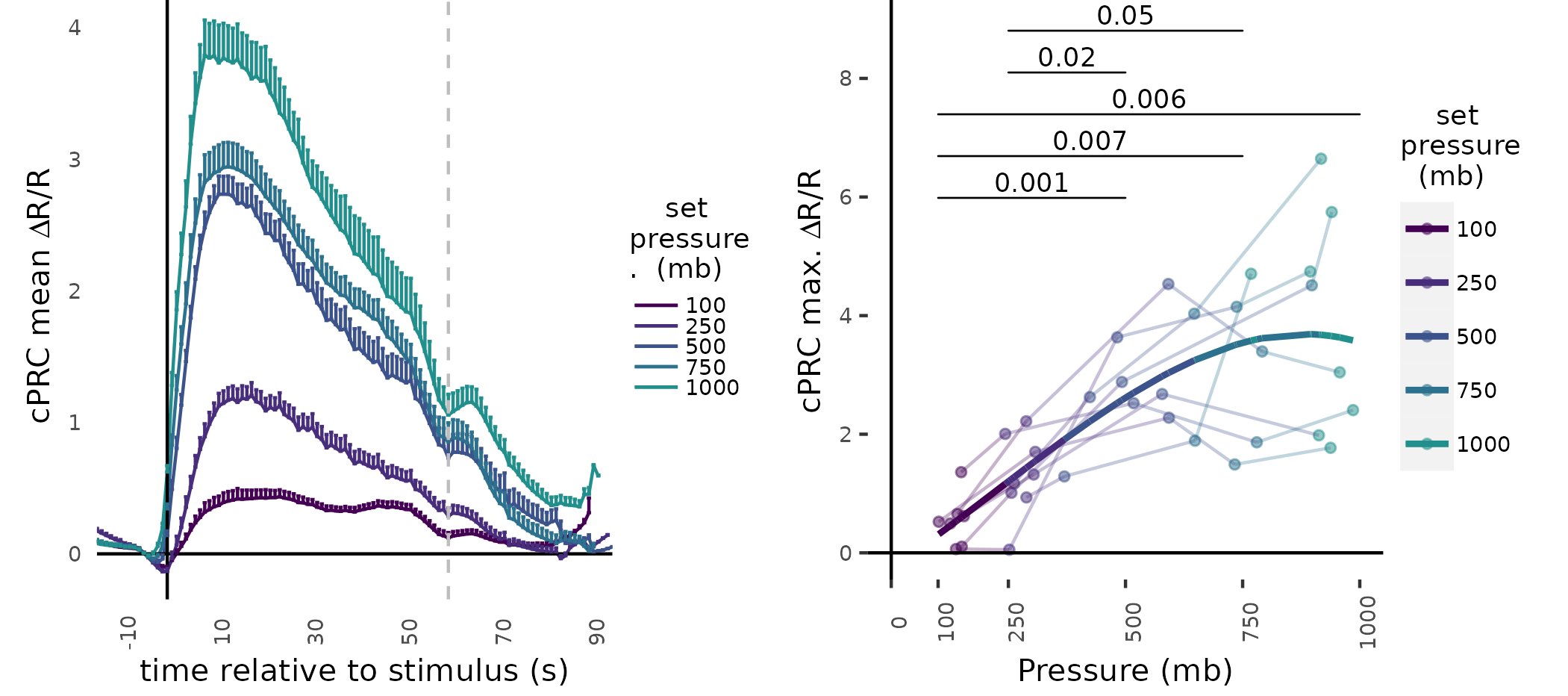
Luis A. Bezares-Calderón
Defects of pressure response in c-opsin1 mutants
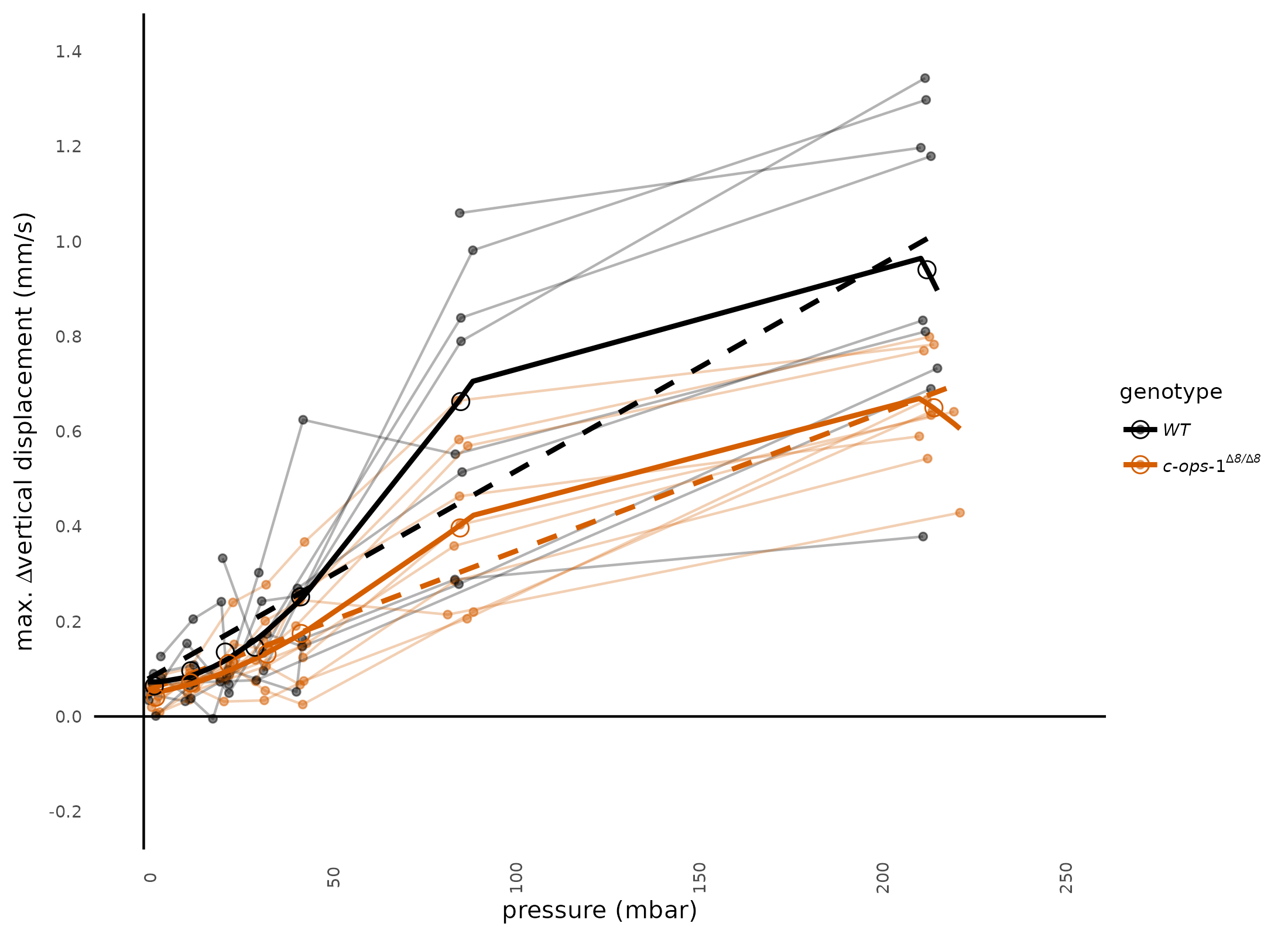
Luis A. Bezares-Calderón
Reduced ciliary compartment in c-opsin1 mutants
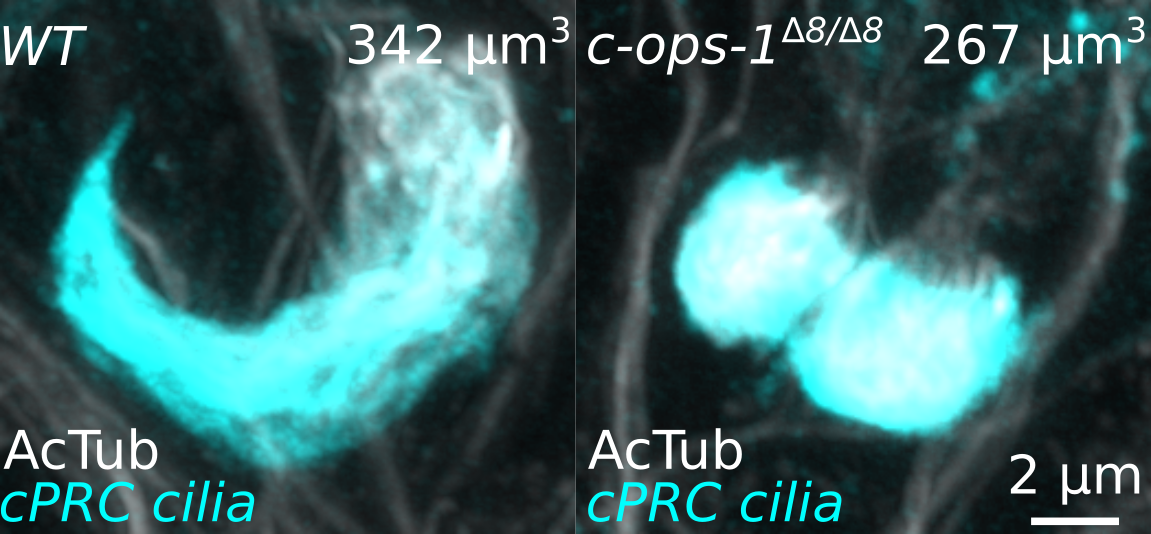
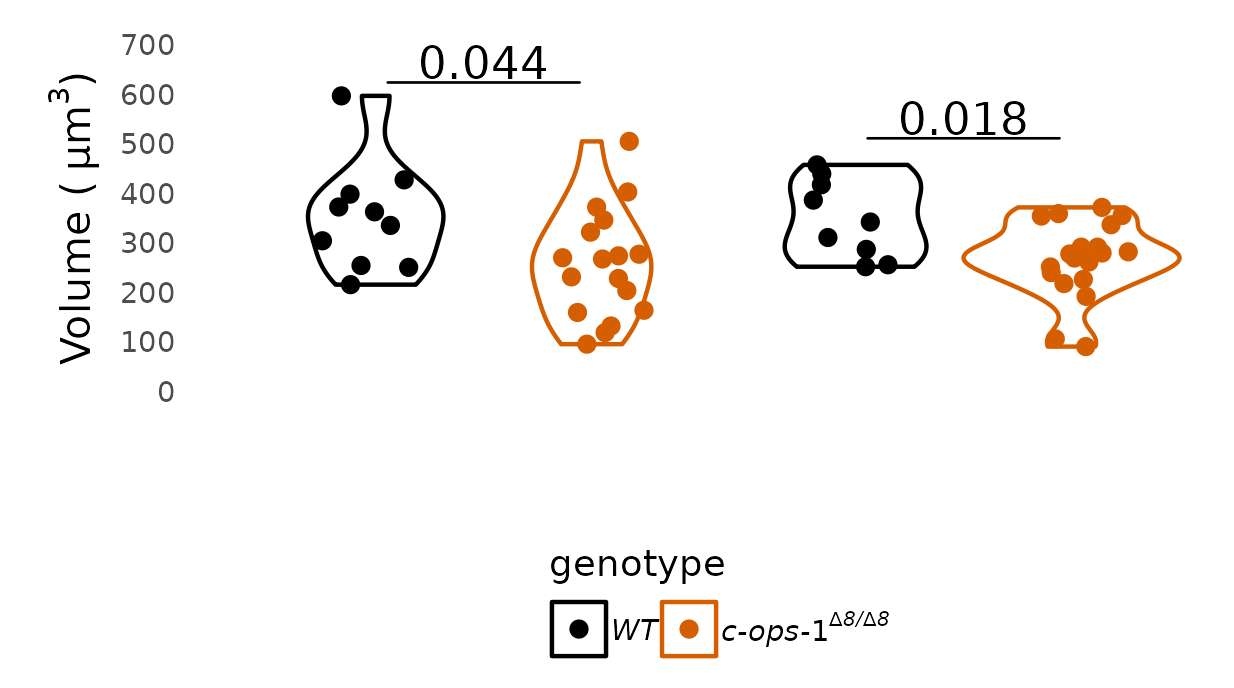
Kei Jokura & Luis A. Bezares-Calderón
Defects of ciliary ultrastructure in c-opsin1 mutants
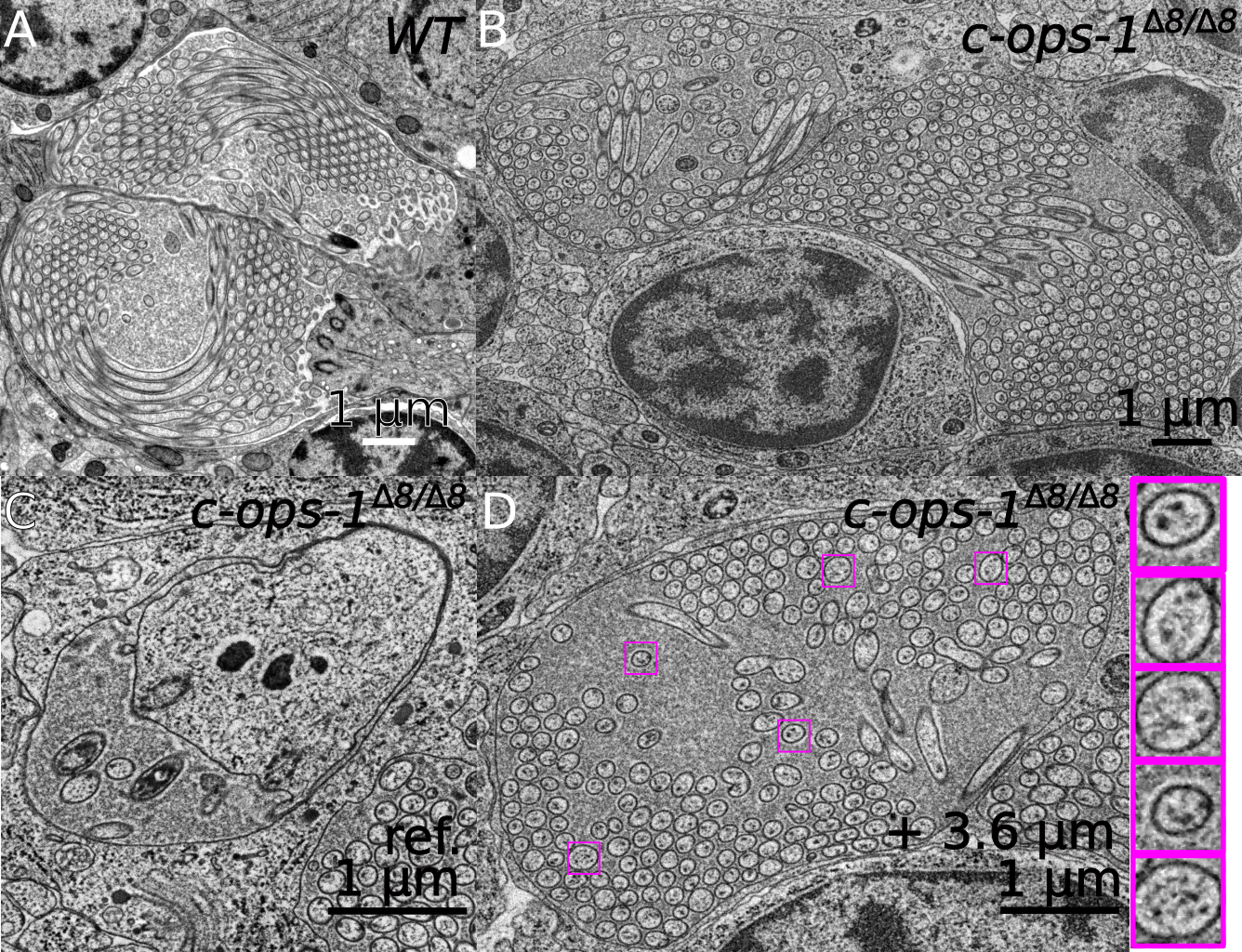
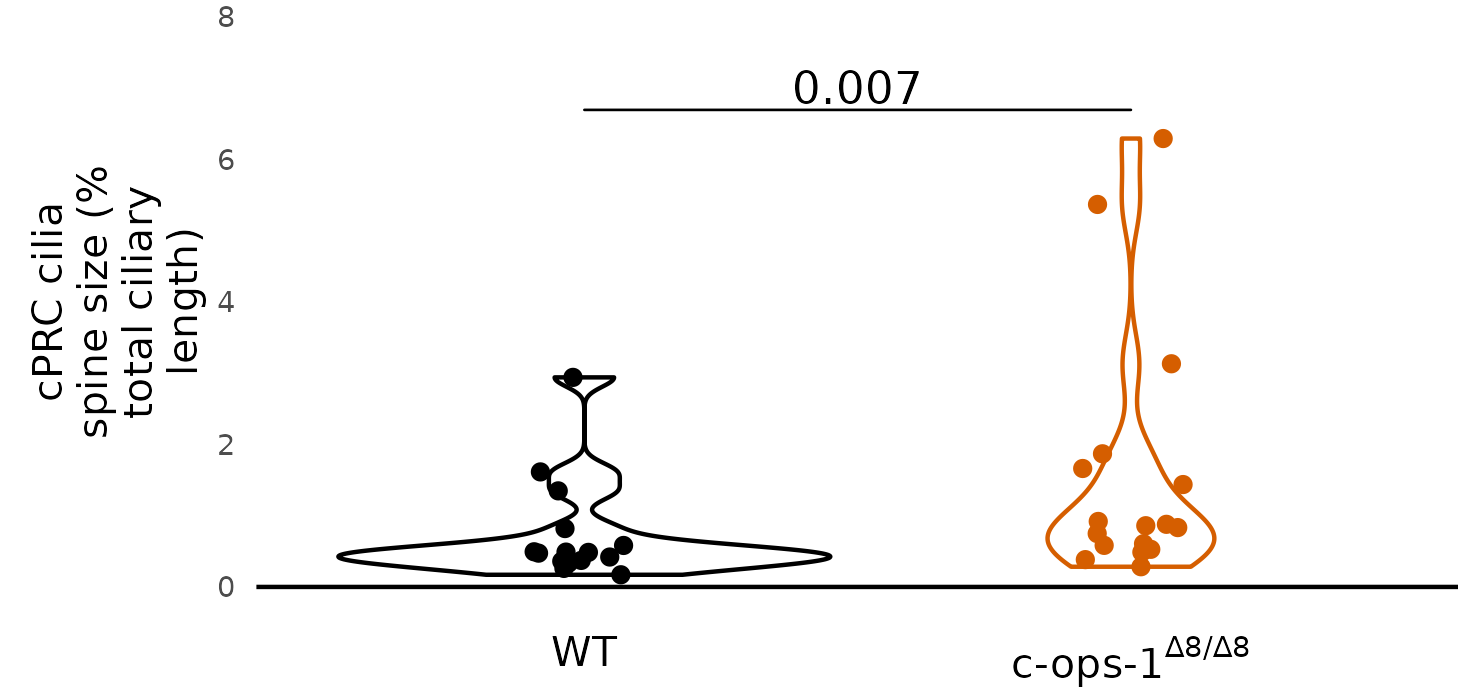
Réza Shahidi & Luis A. Bezares-Calderón
Whole-body volume EM of an entire three-day-old larva
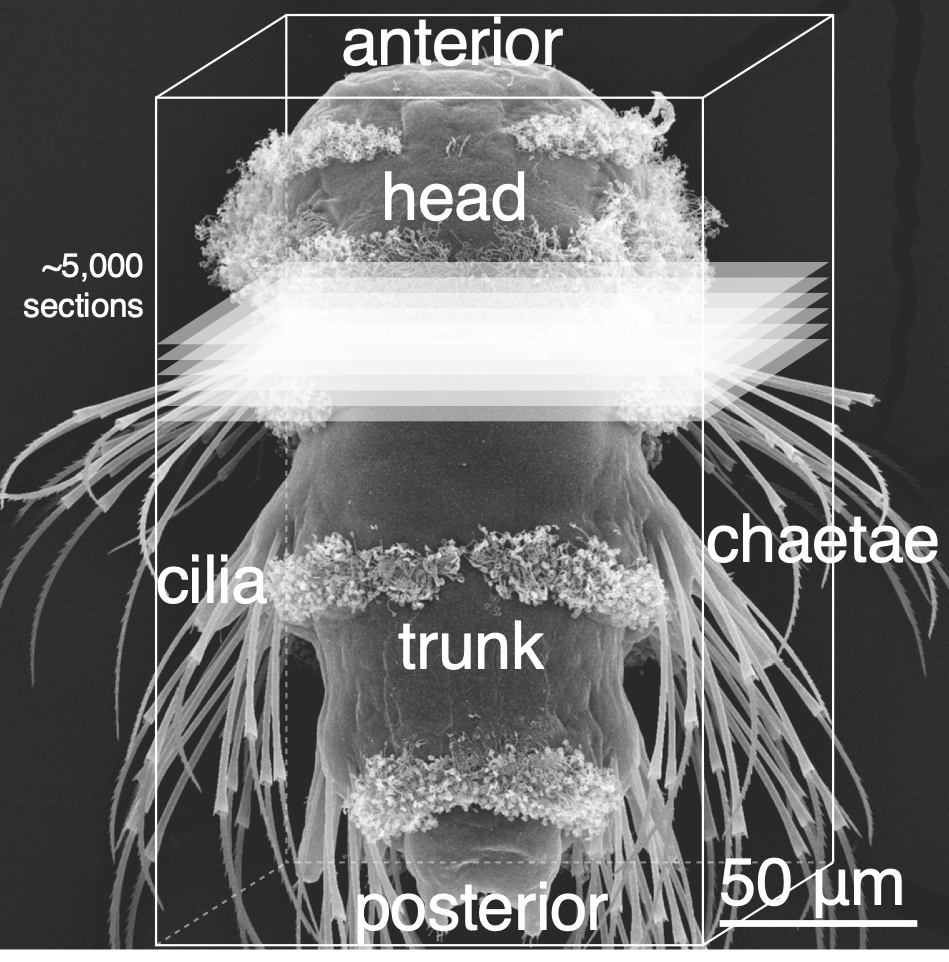
The nervous system of the larva
~2,000 neurons
Synaptic connectome
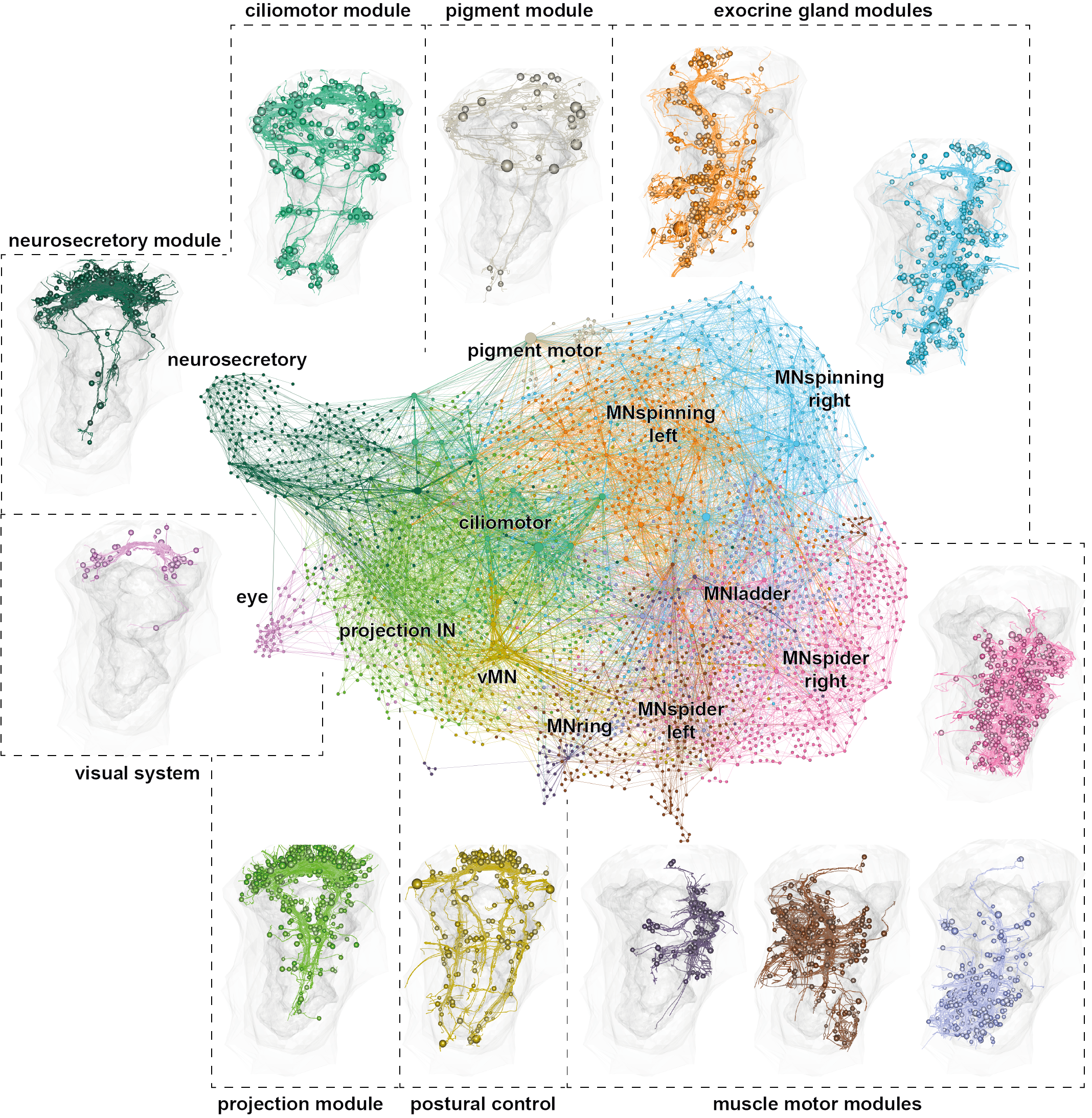
Synaptic connectome
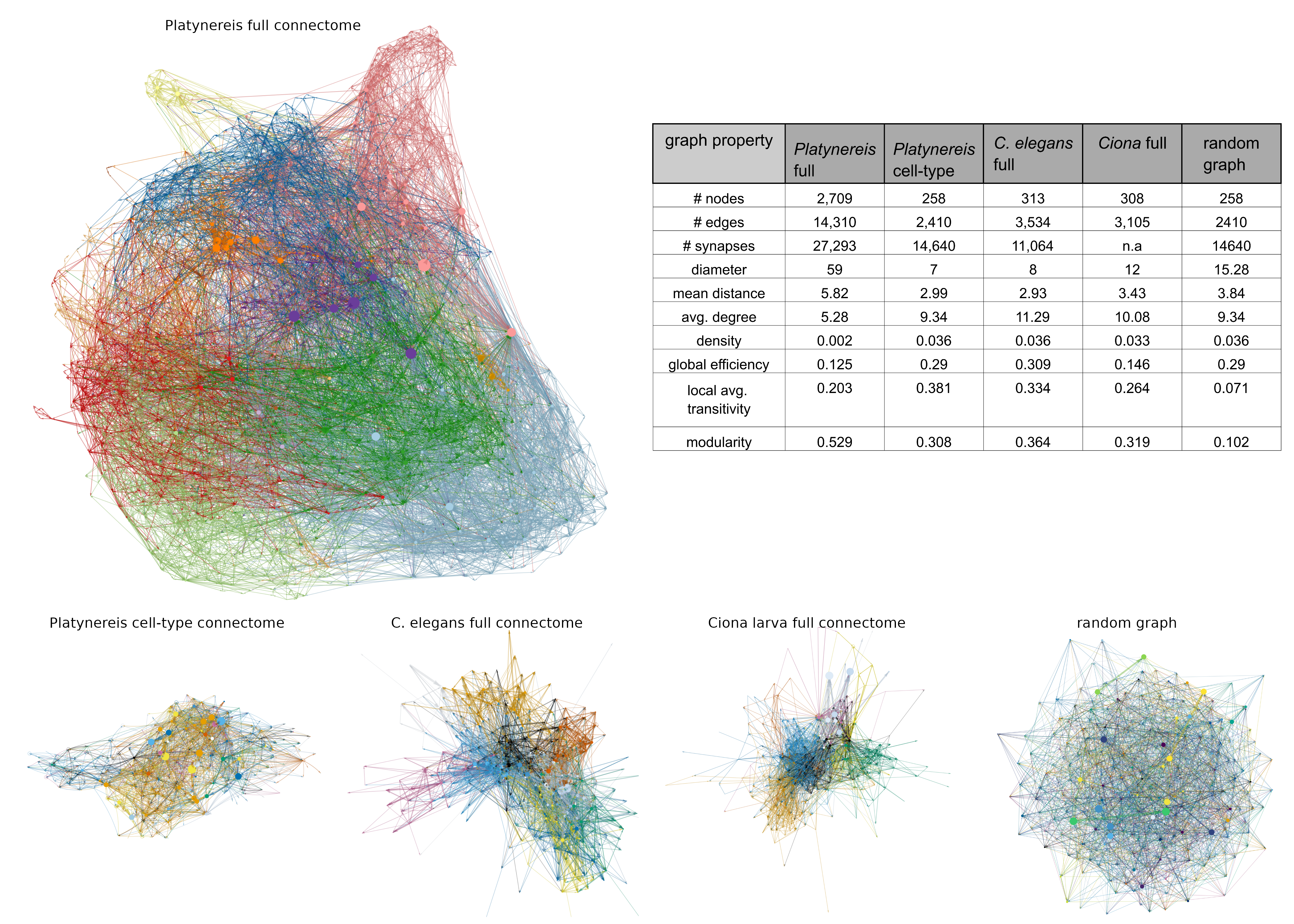
Circuitry of ciliary photoreceptors
Circuitry of ciliary photoreceptors
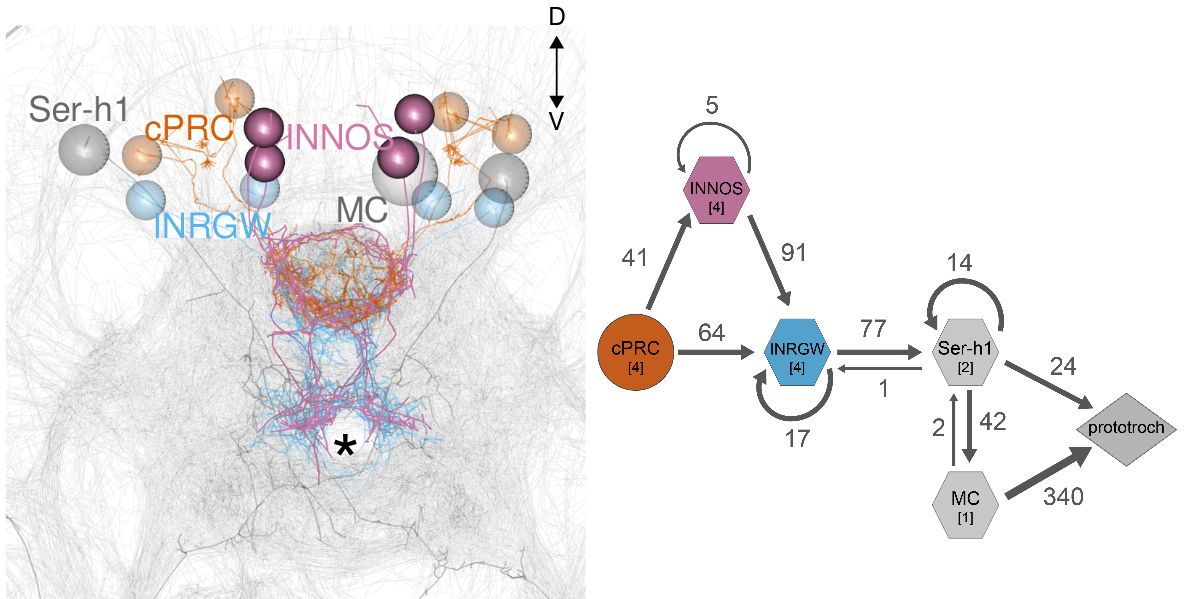
Circuitry of ciliary photoreceptors
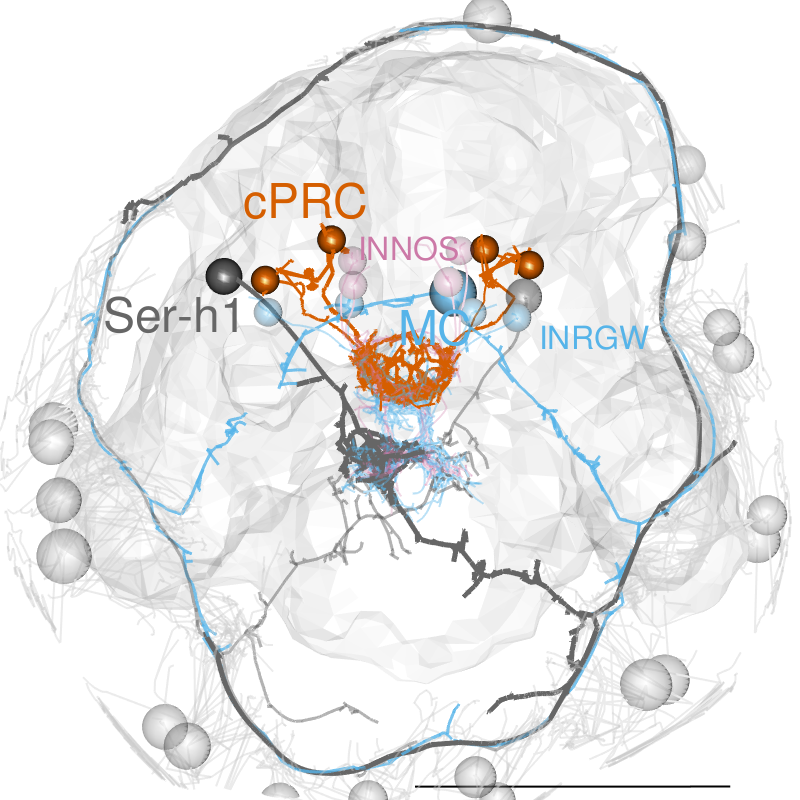
Serotonergic neurons to activate cilia
Ser-h1 neurons, EM reconstruction
Pressure increases ciliary beating through serotonergic cells
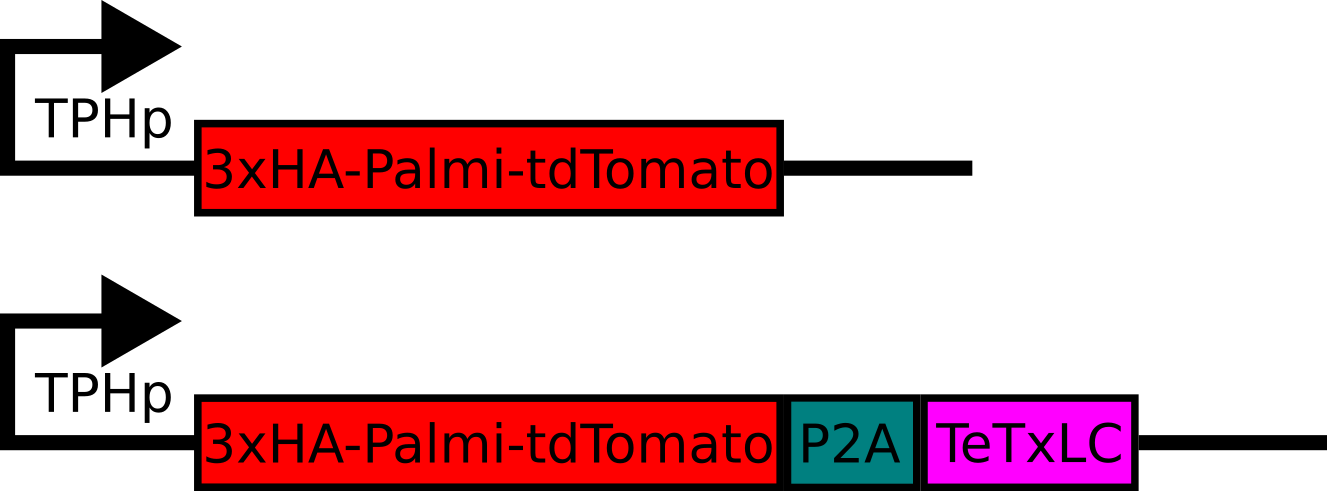
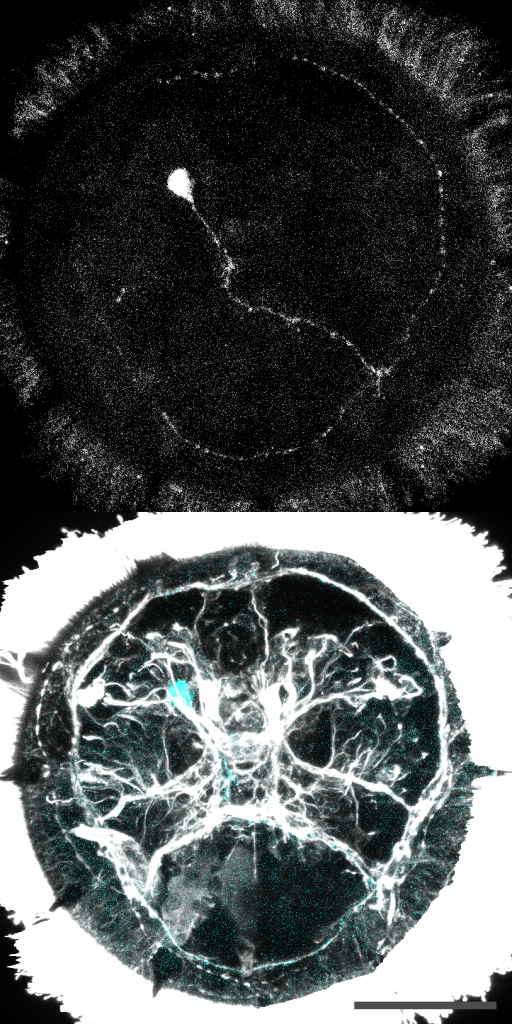
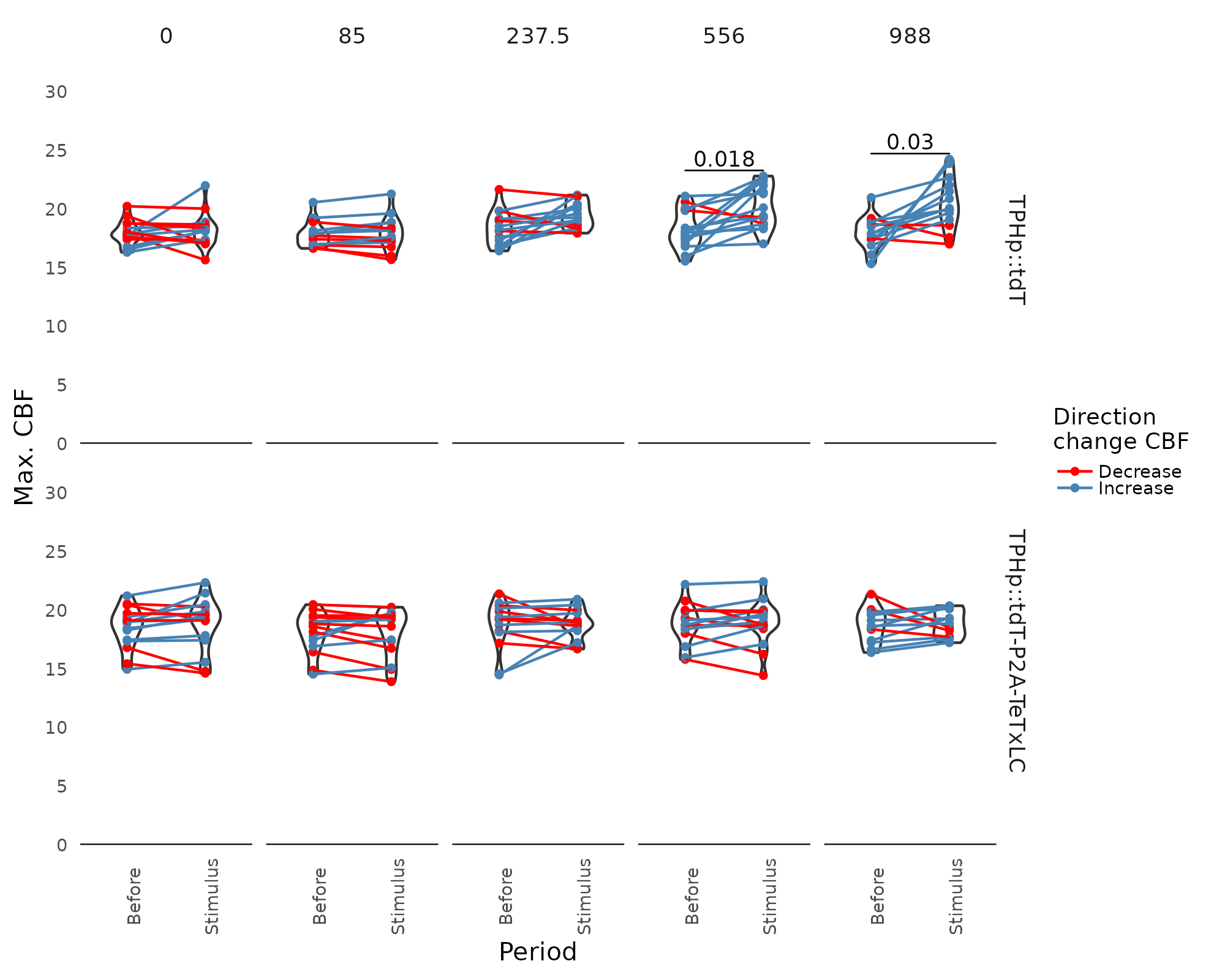
Luis A. Bezares-Calderón
Mechanism of barotaxis
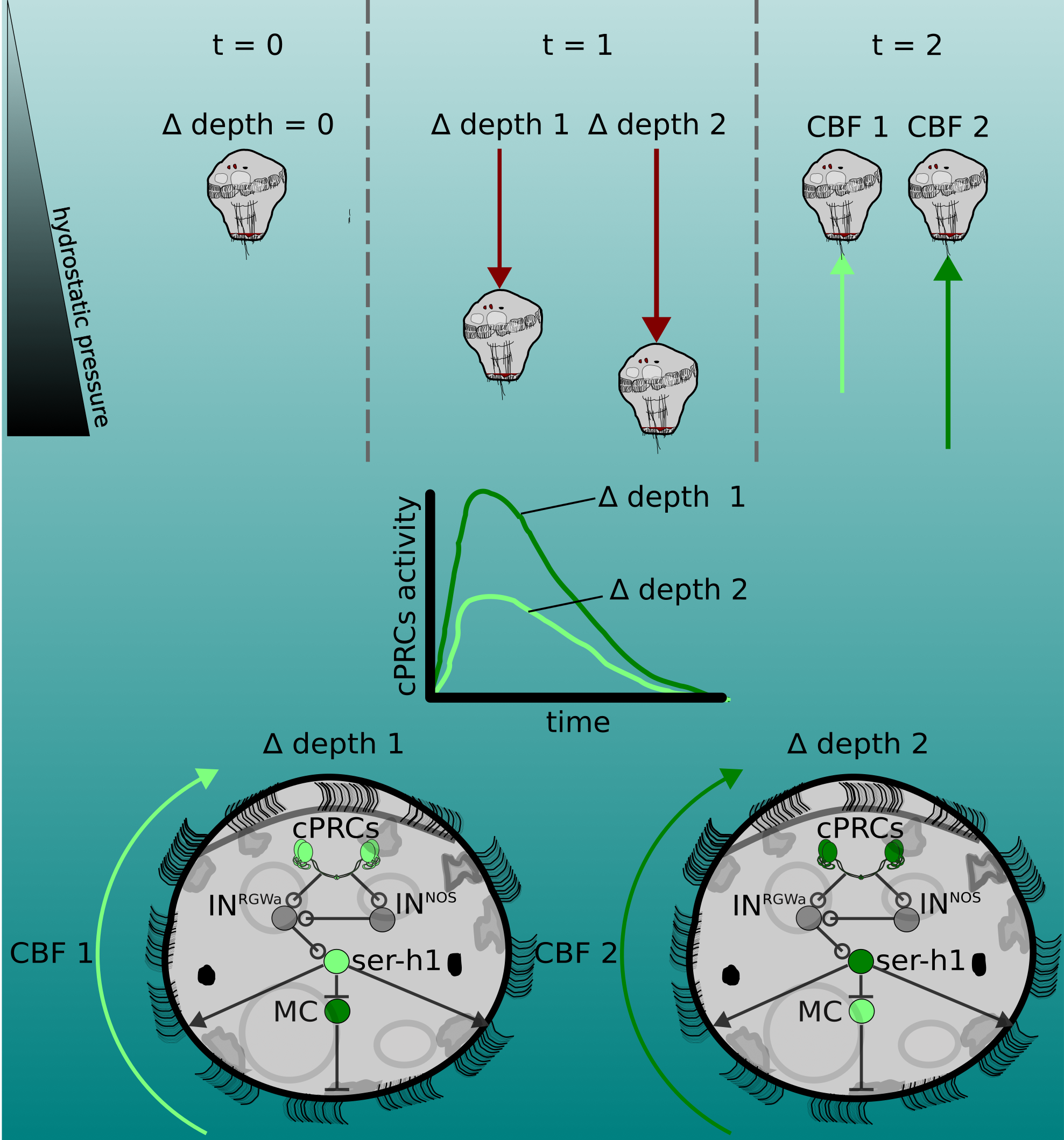
UV response in Platynereis larvae

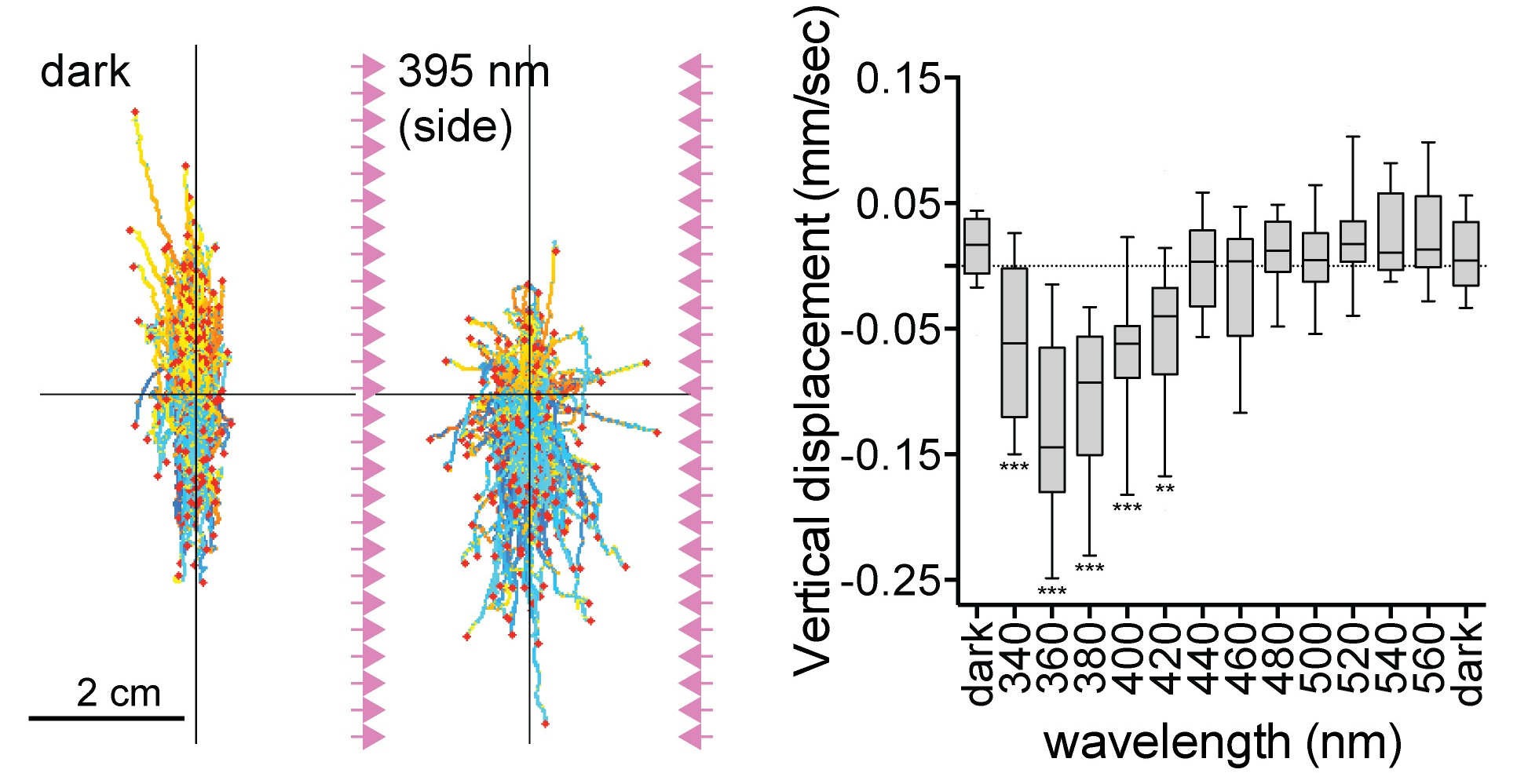
UV avoidance is dependent on c-opsin1
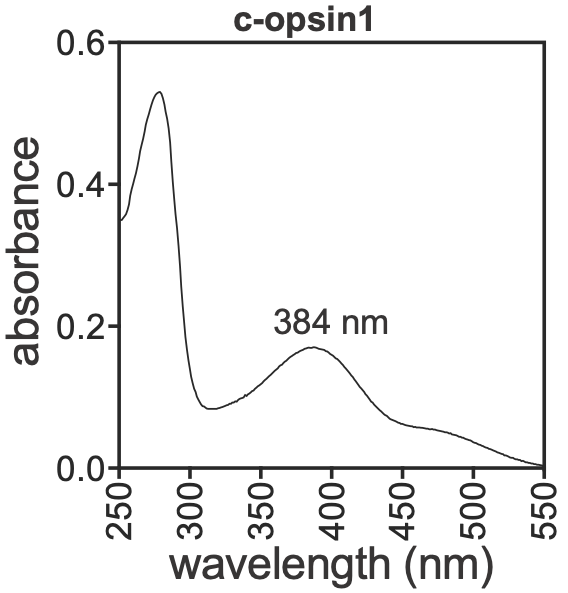
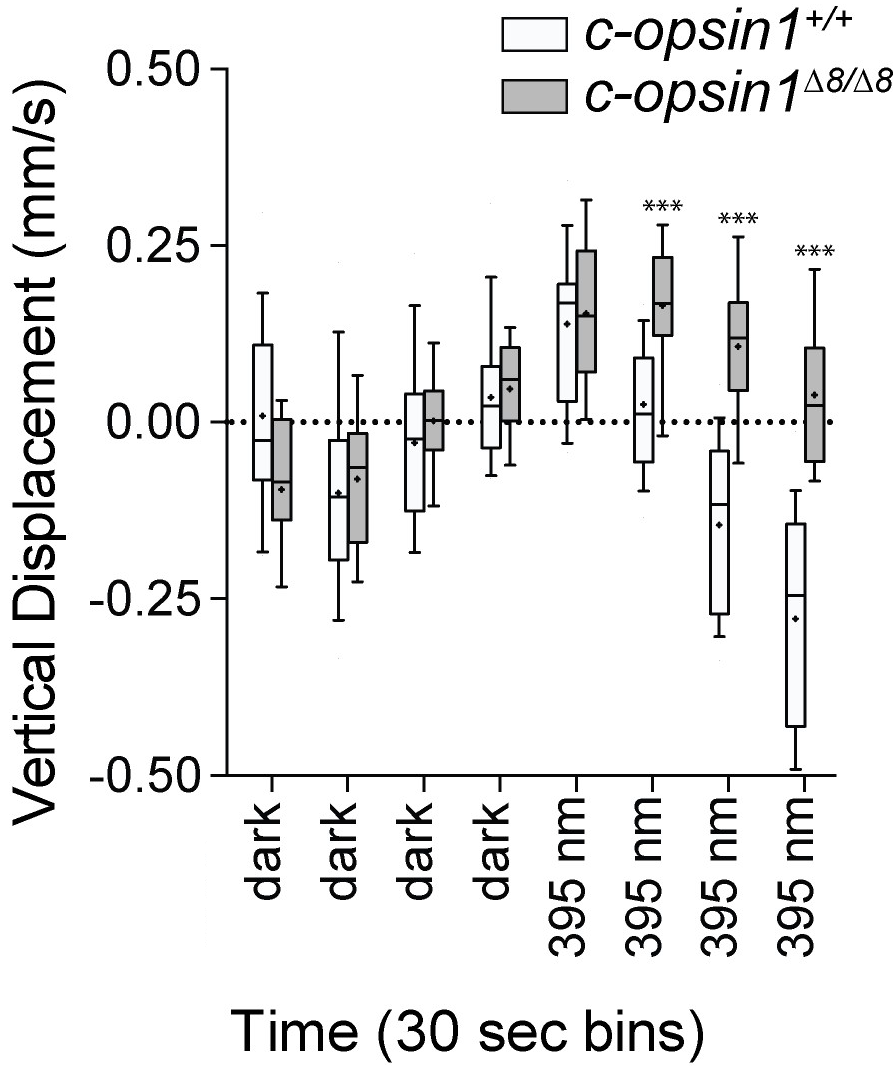
How can cPRCs mediate two responses with opposing sign?

c-opsin1-dependent UV response
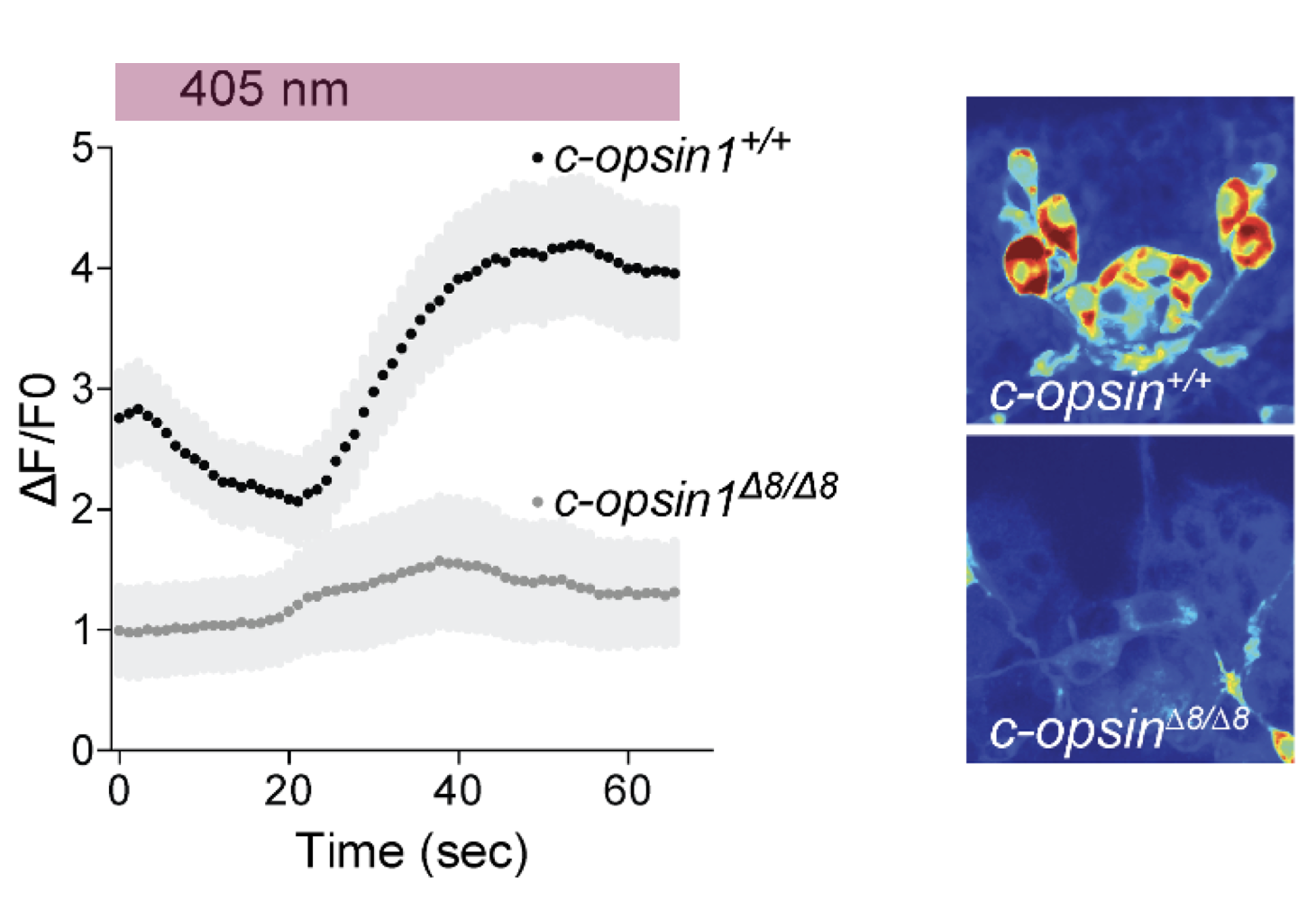
Strong cPRC activation after UV exposure
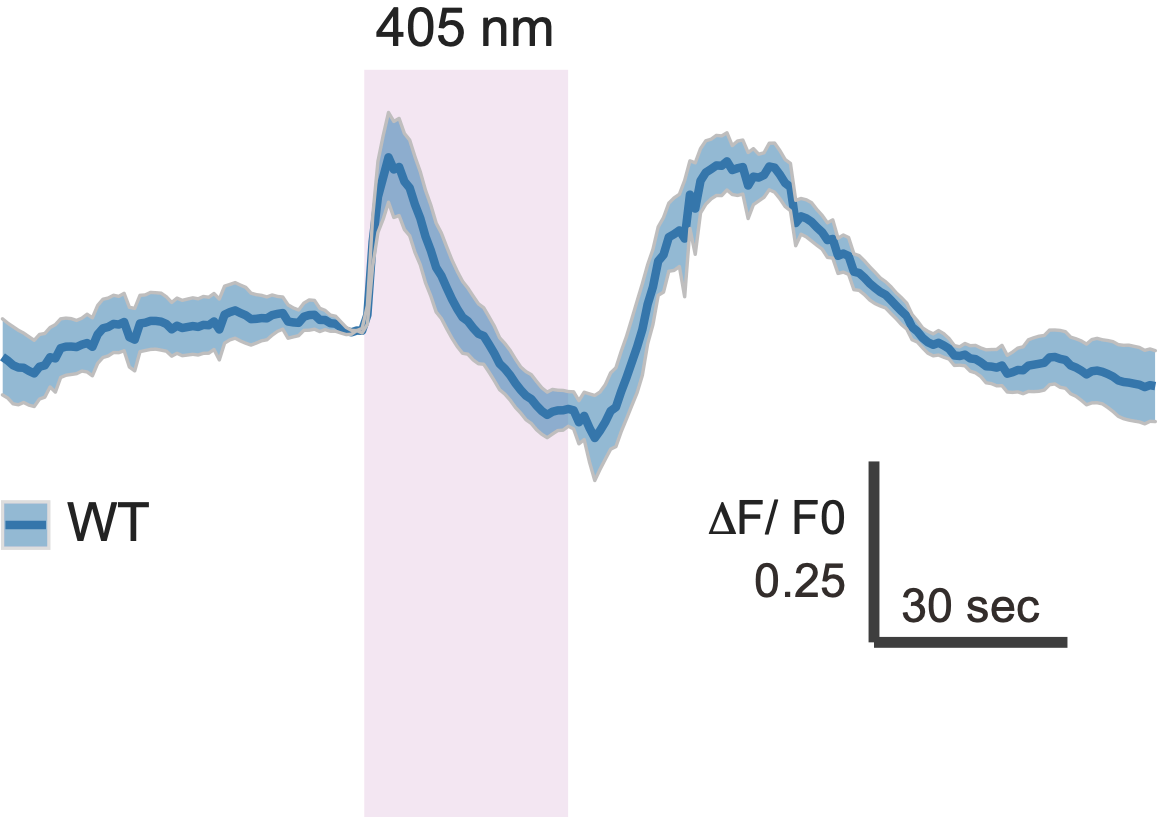

Kei Jokura
Nitric-oxide synthase in postsynaptic interneurons

NO is produced in the neuropil after UV stimulation
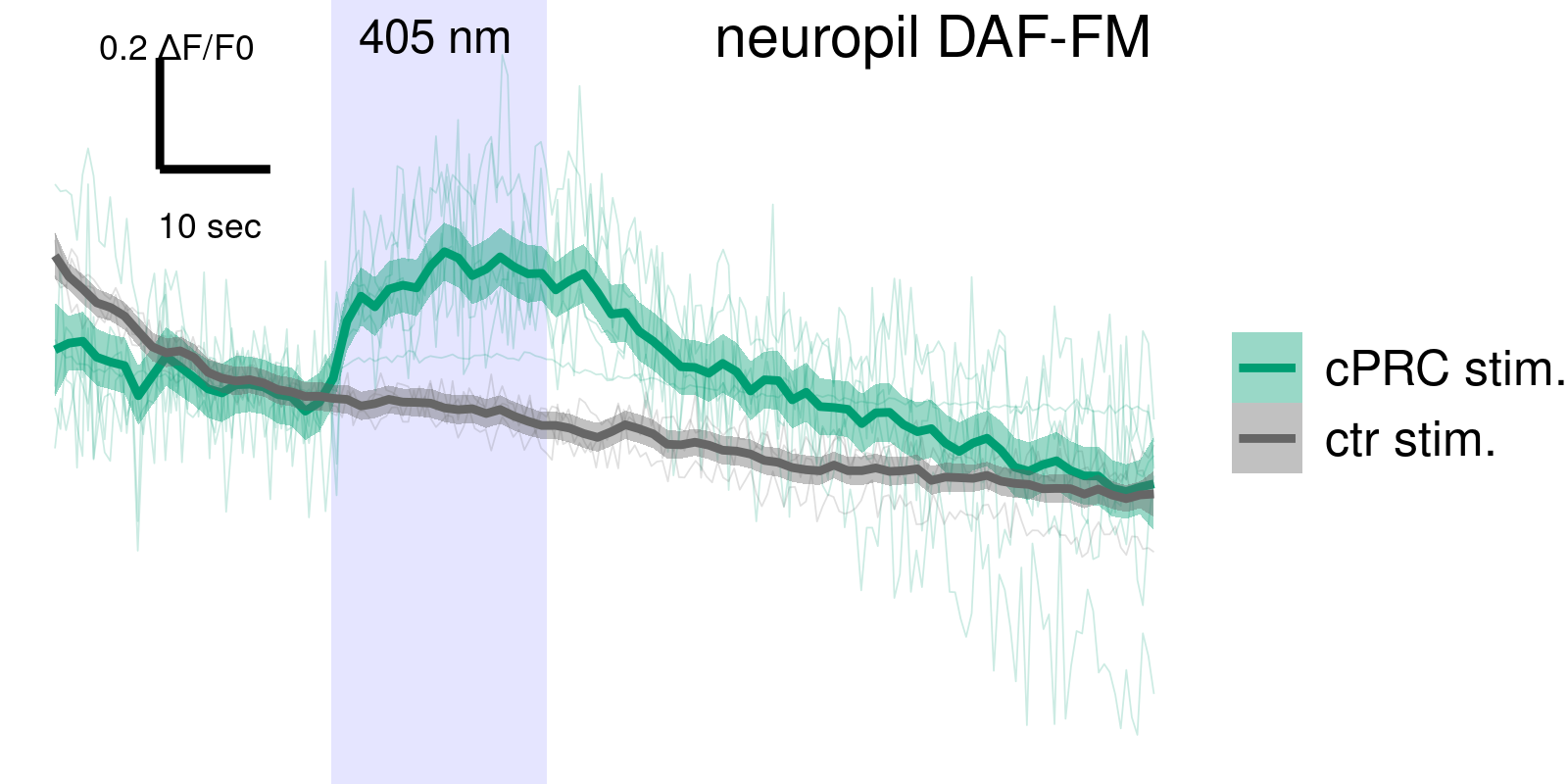
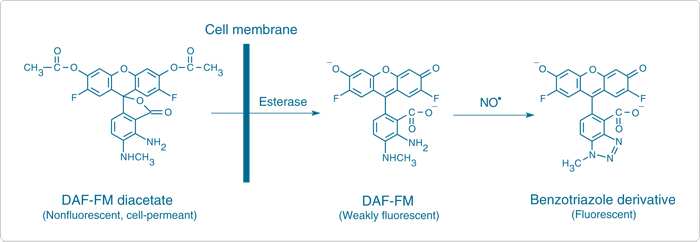
NOS mutants have altered cPRC response
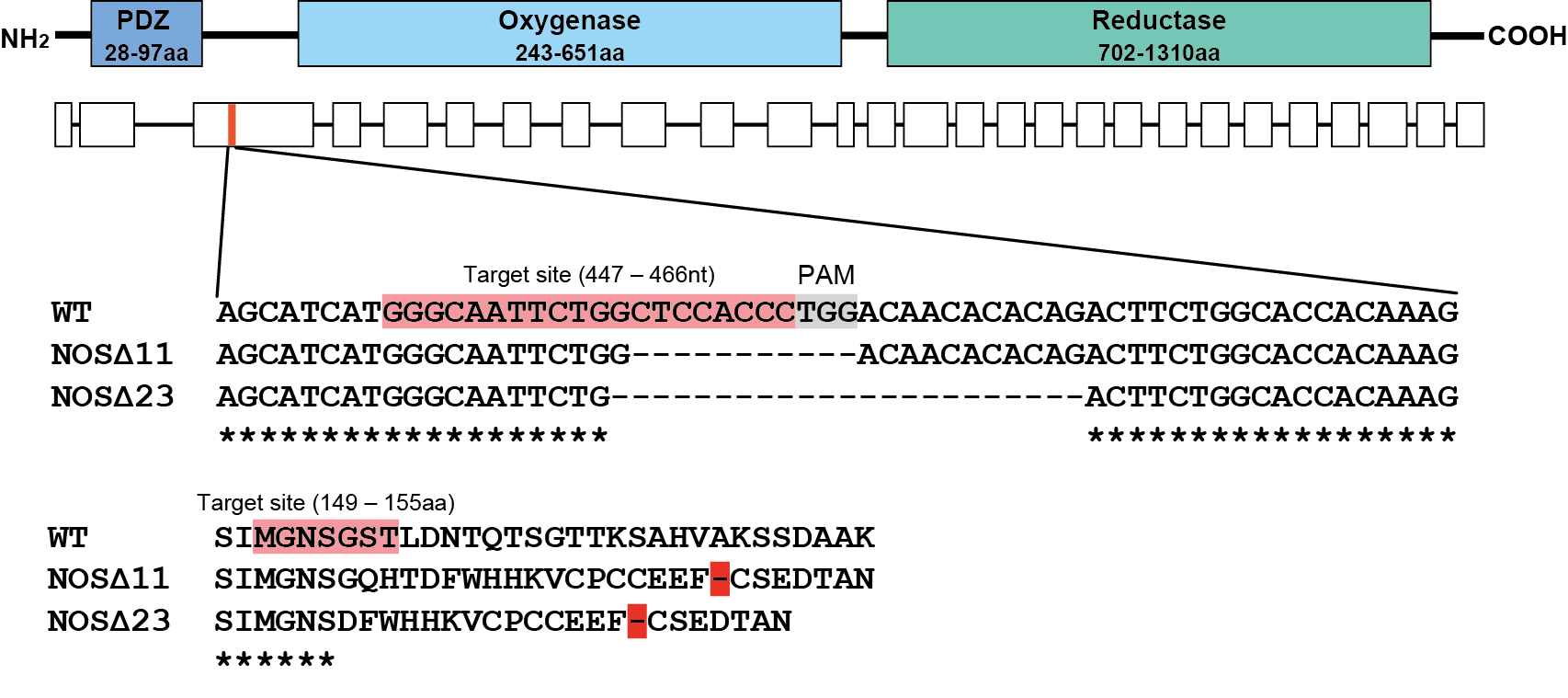
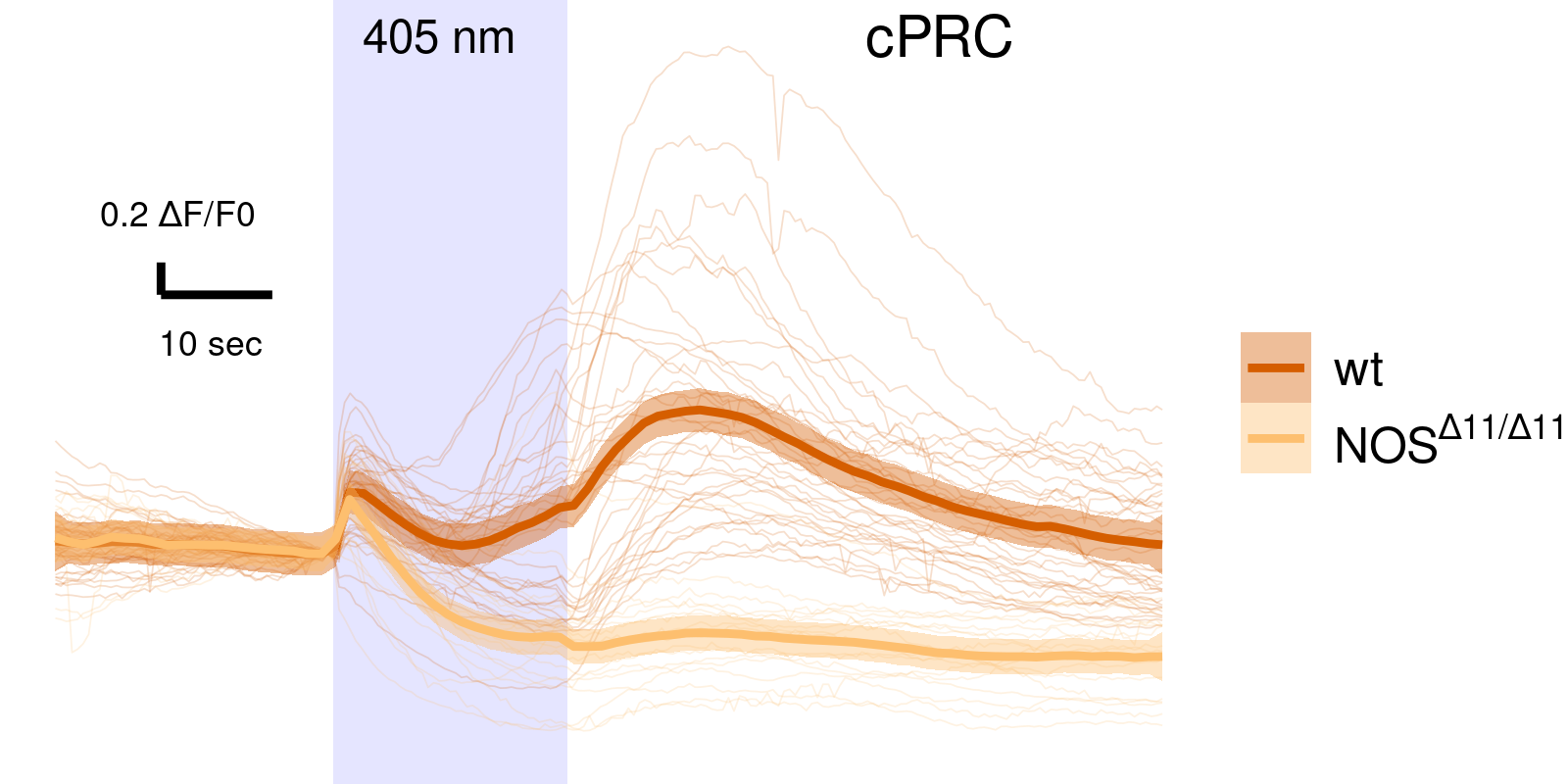
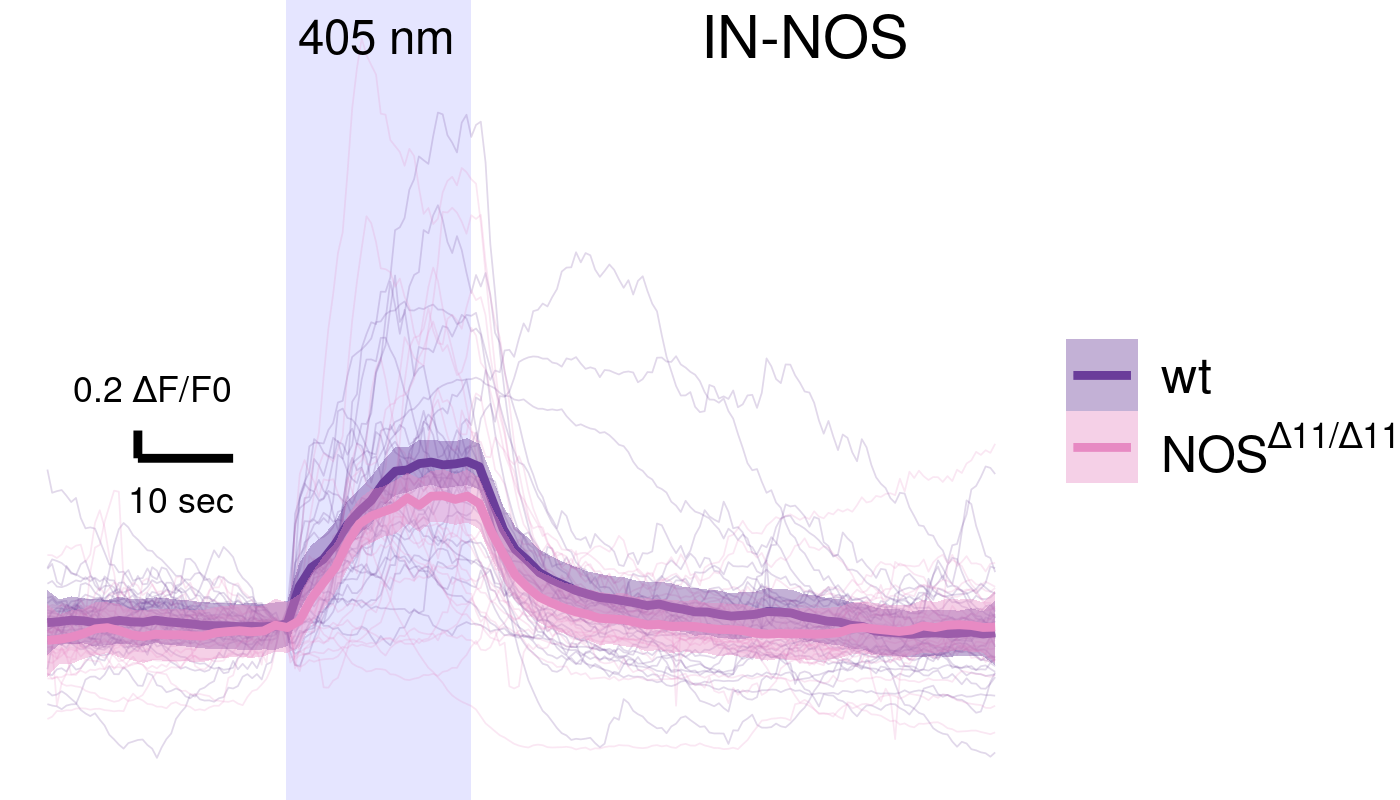
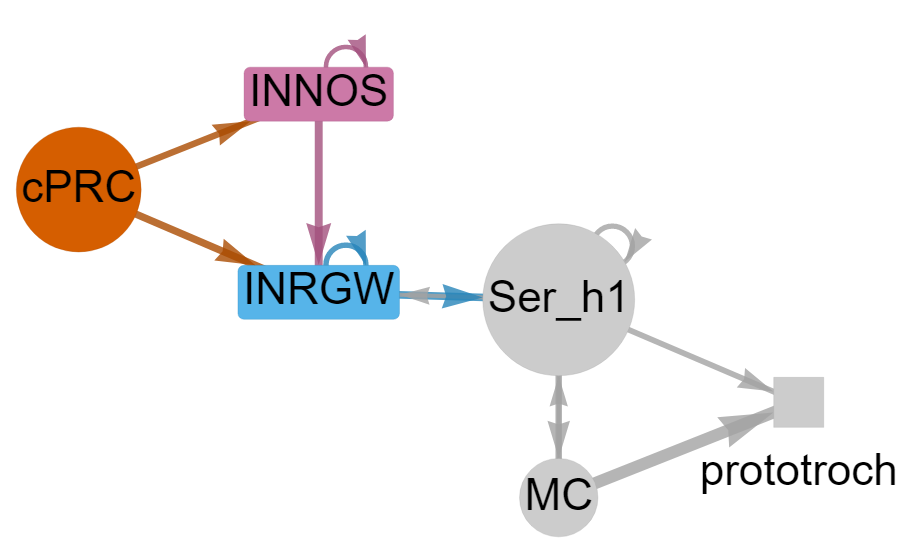
Nobuo Ueda, Kei Jokura
NOS mutants have altered INRGW and motoneuron response
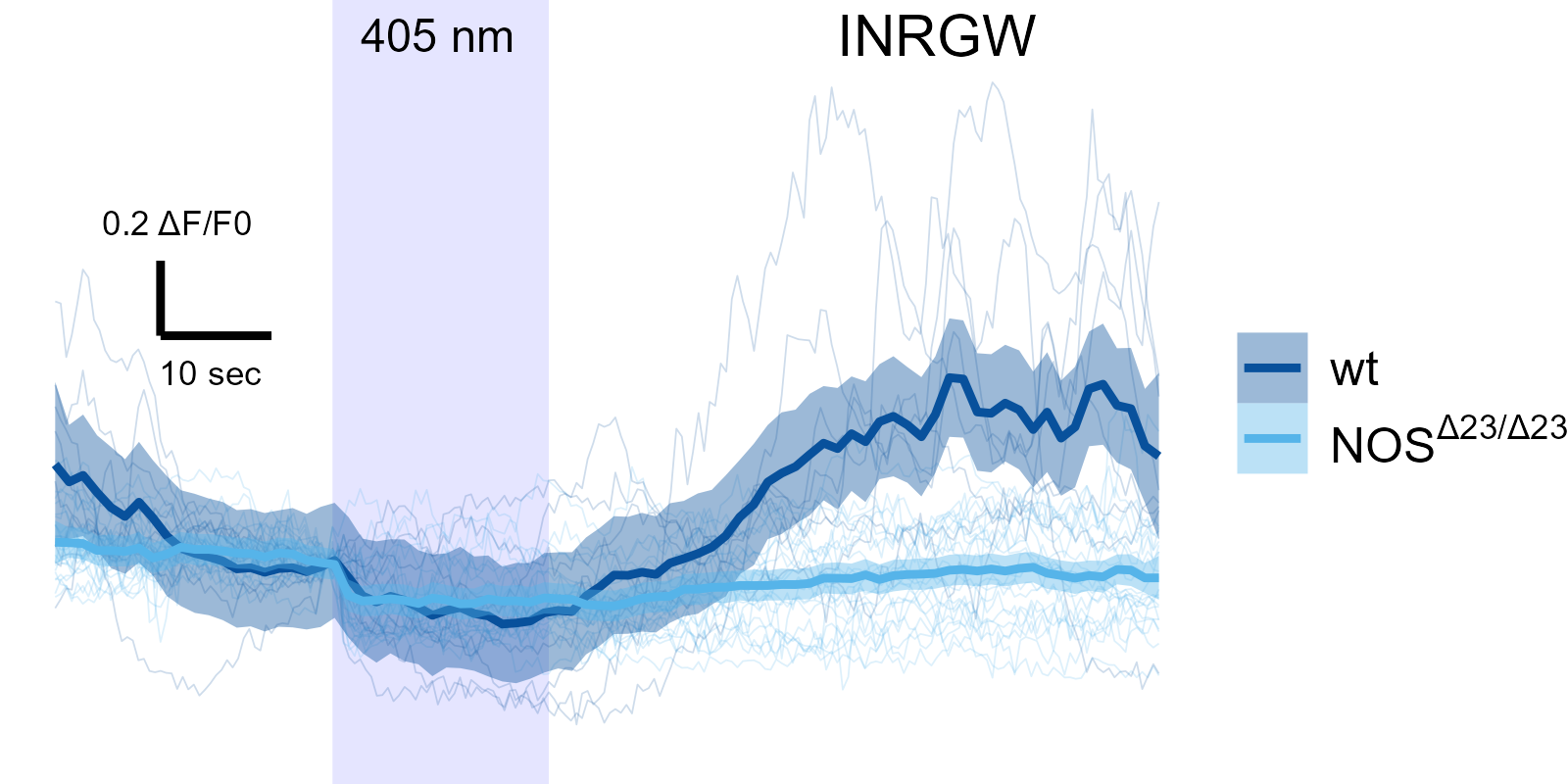
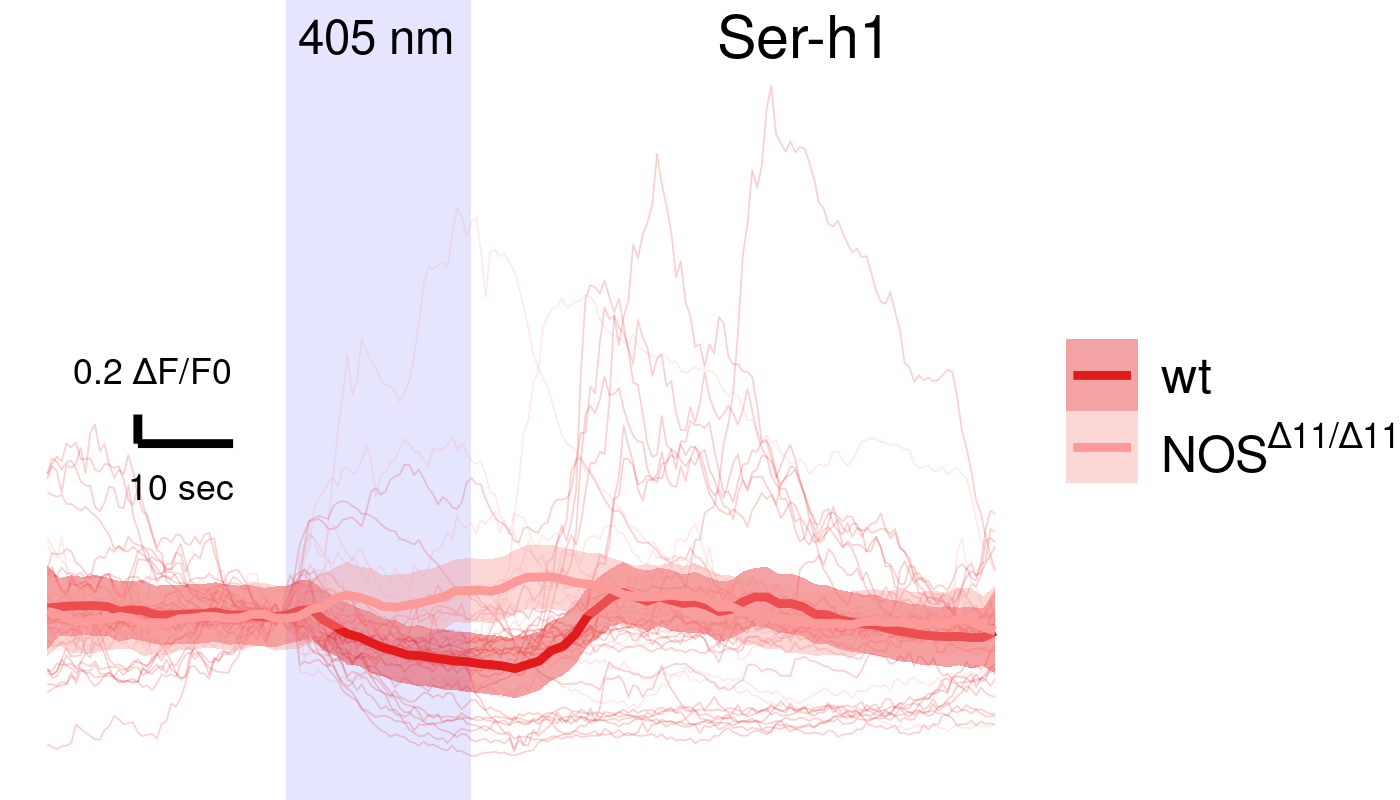

Kei Jokura
NOS mutants show defective UV avoidance
![]()
Kei Jokura
Two unusual guanylyl cyclases in the cPRCs
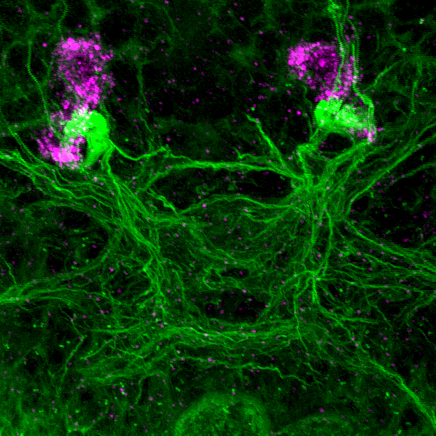
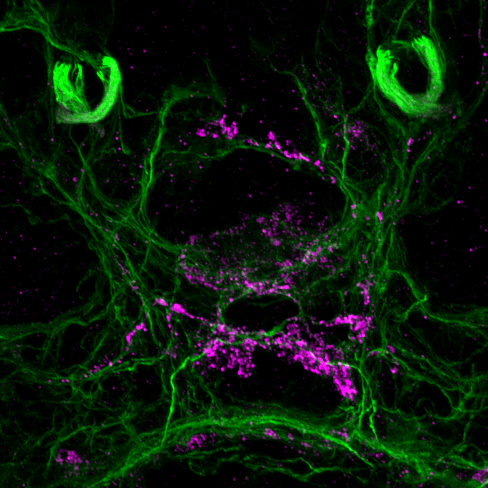
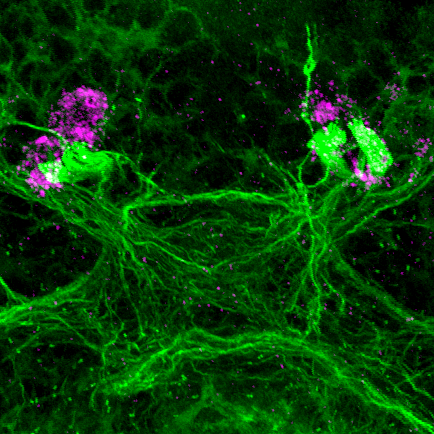
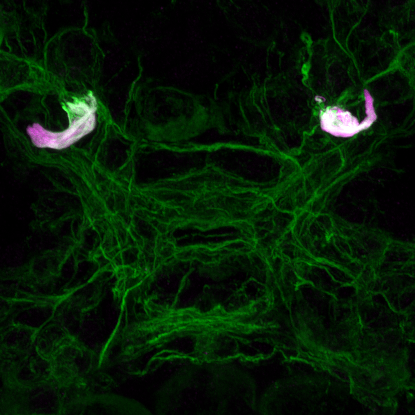
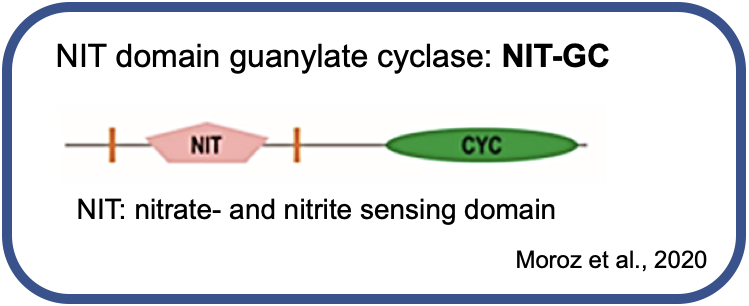
Kei Jokura
Two unusual guanylyl cyclases in the cPRCs
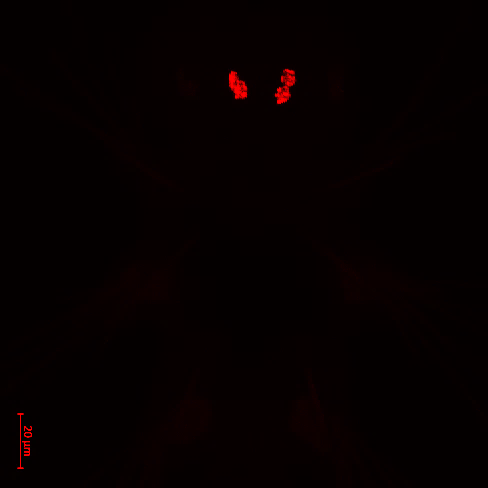
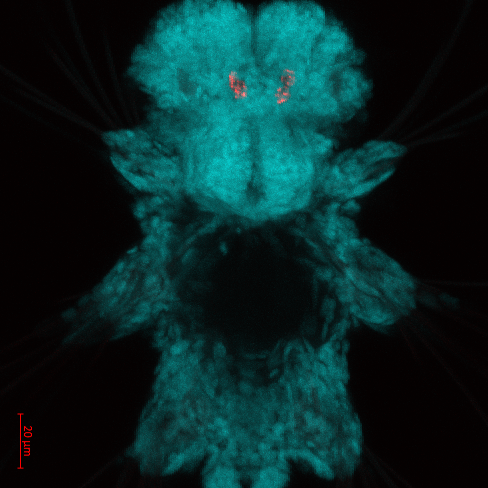
Kei Jokura
NIT-GC1 mediates NO-feedback

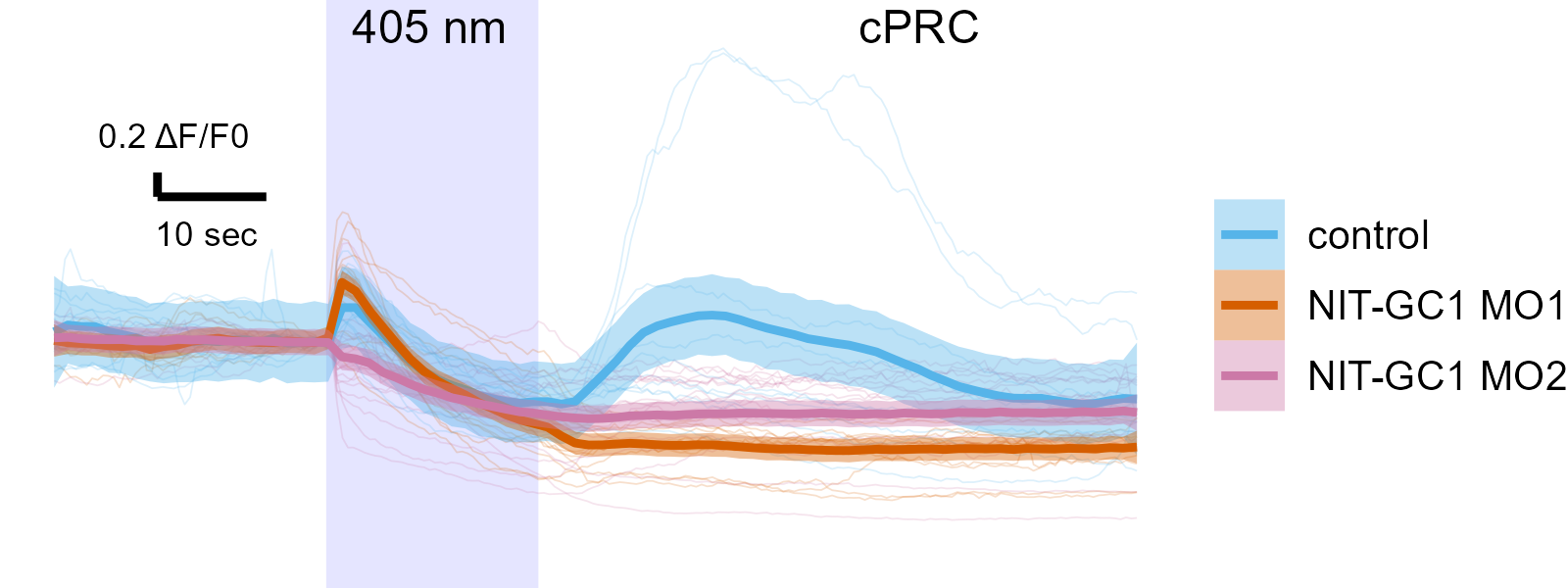
Kei Jokura
NIT-GC2 mediates phototransduction

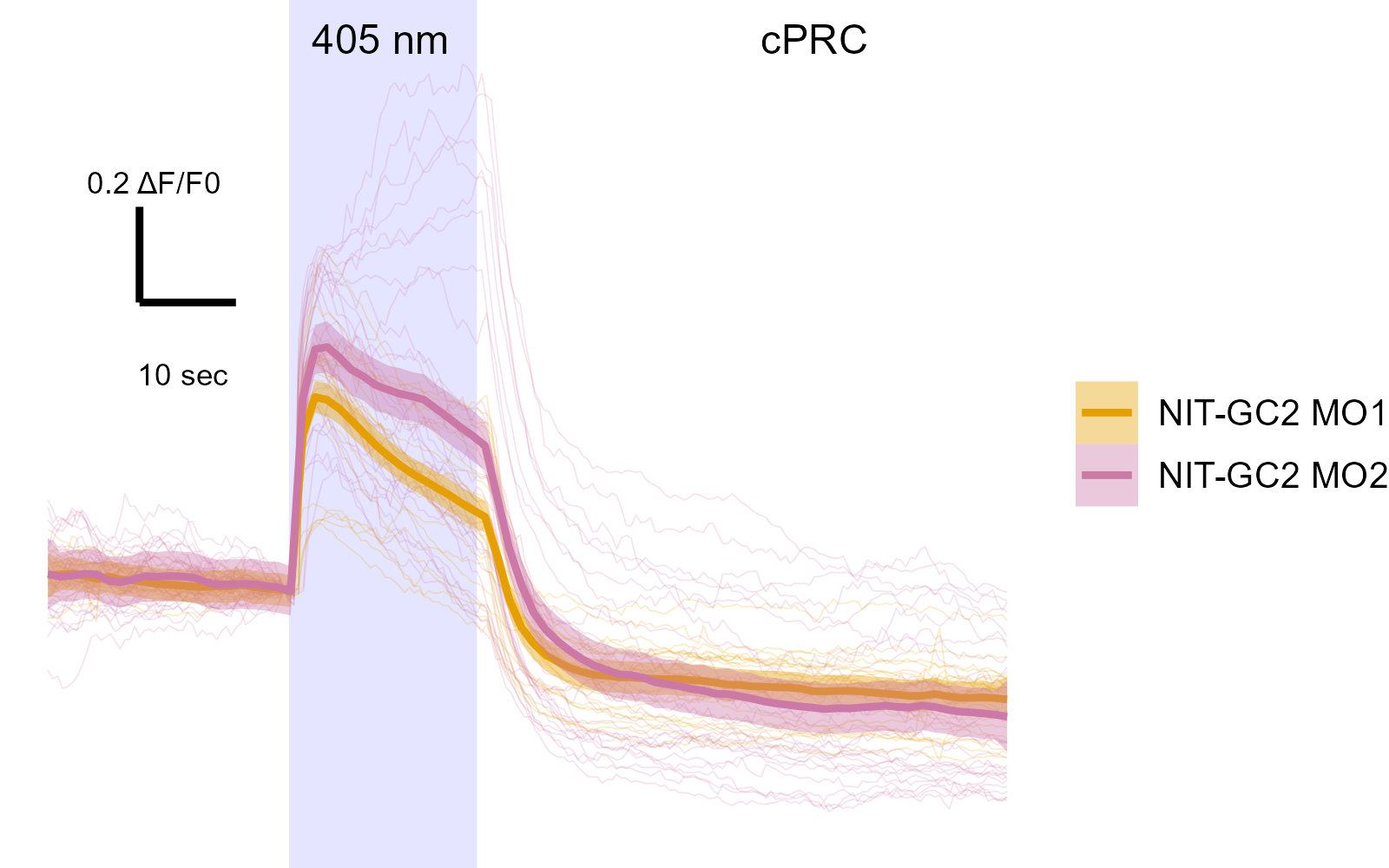
Kei Jokura
Mathematical modelling of the circuit
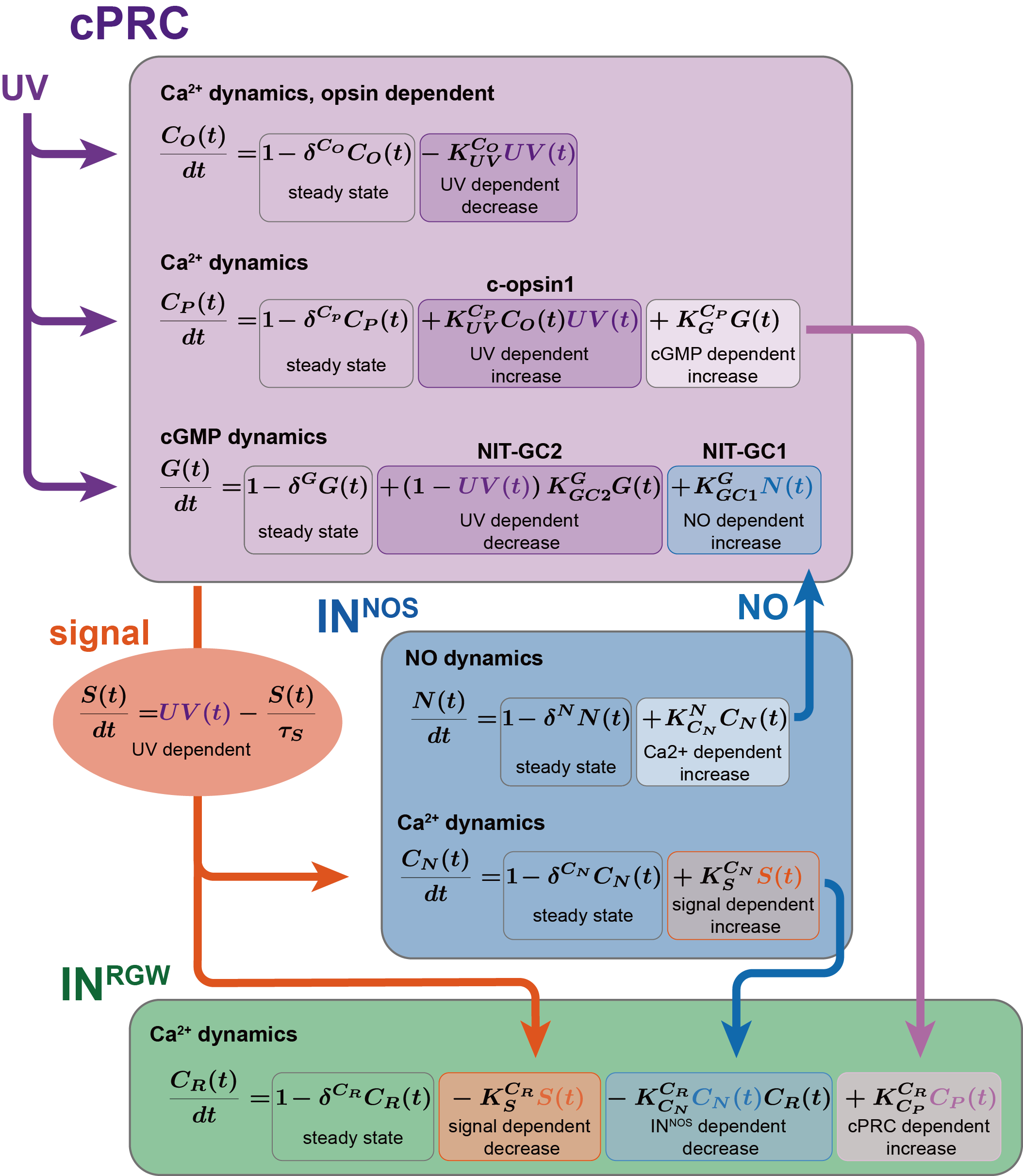
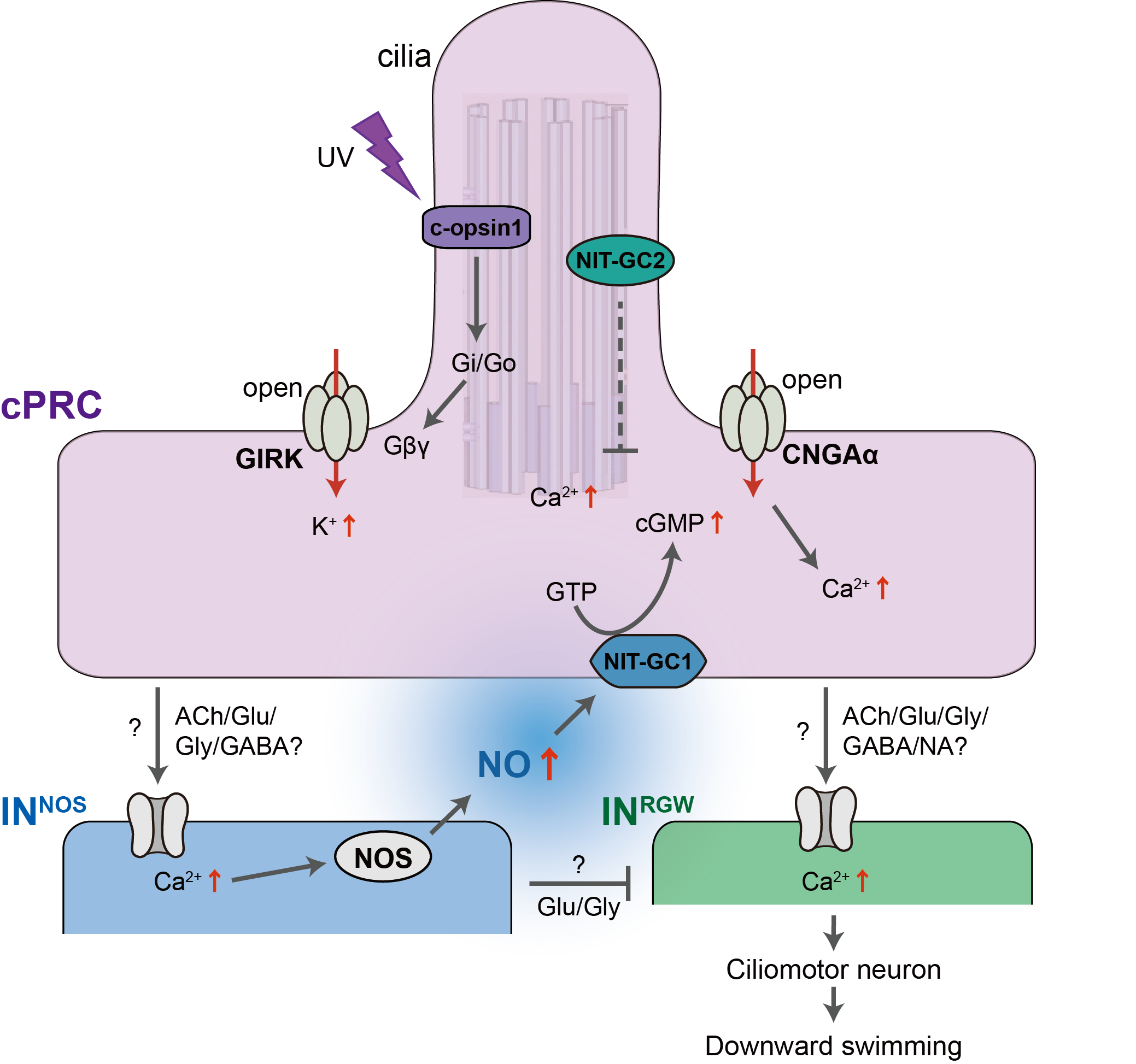
with Piotr Slowinski and Kyle Wedgewood, LSI Exeter
Model fitting
with Piotr Slowinski and Kyle Wedgewood, LSI Exeter
Integration and memory of UV exposure
Integration and memory of UV exposure

Up or down?

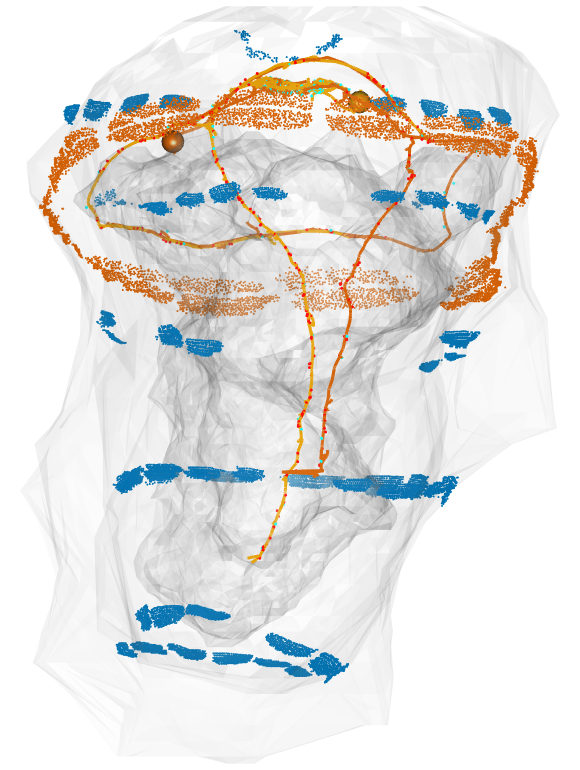 ‘front-wheel drive’ head cilia fast
‘front-wheel drive’ head cilia fast
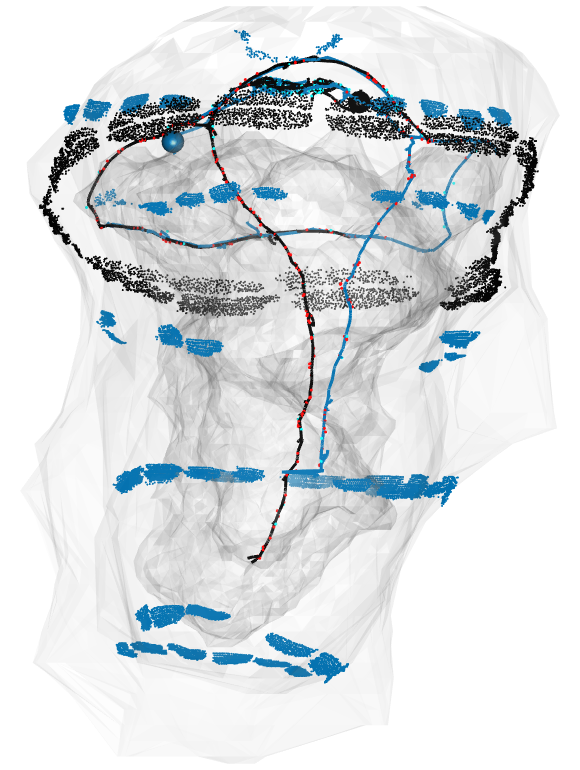 ‘rear-wheel drive’ head cilia slow
‘rear-wheel drive’ head cilia slow
Acknowledgements
- Emelie Brodrick
- Cyrielle Kaltenrieder
- Réza Shahidi
- Milena Marinkovic
- Daniel Thiel
- Sanja Jasek
- Cameron Hird
- Rebecca Turner
- Luis A. Bezares-Calderón
- Kei Jokura
- Luis Yanez Guerra
- Alexandra Kerbl
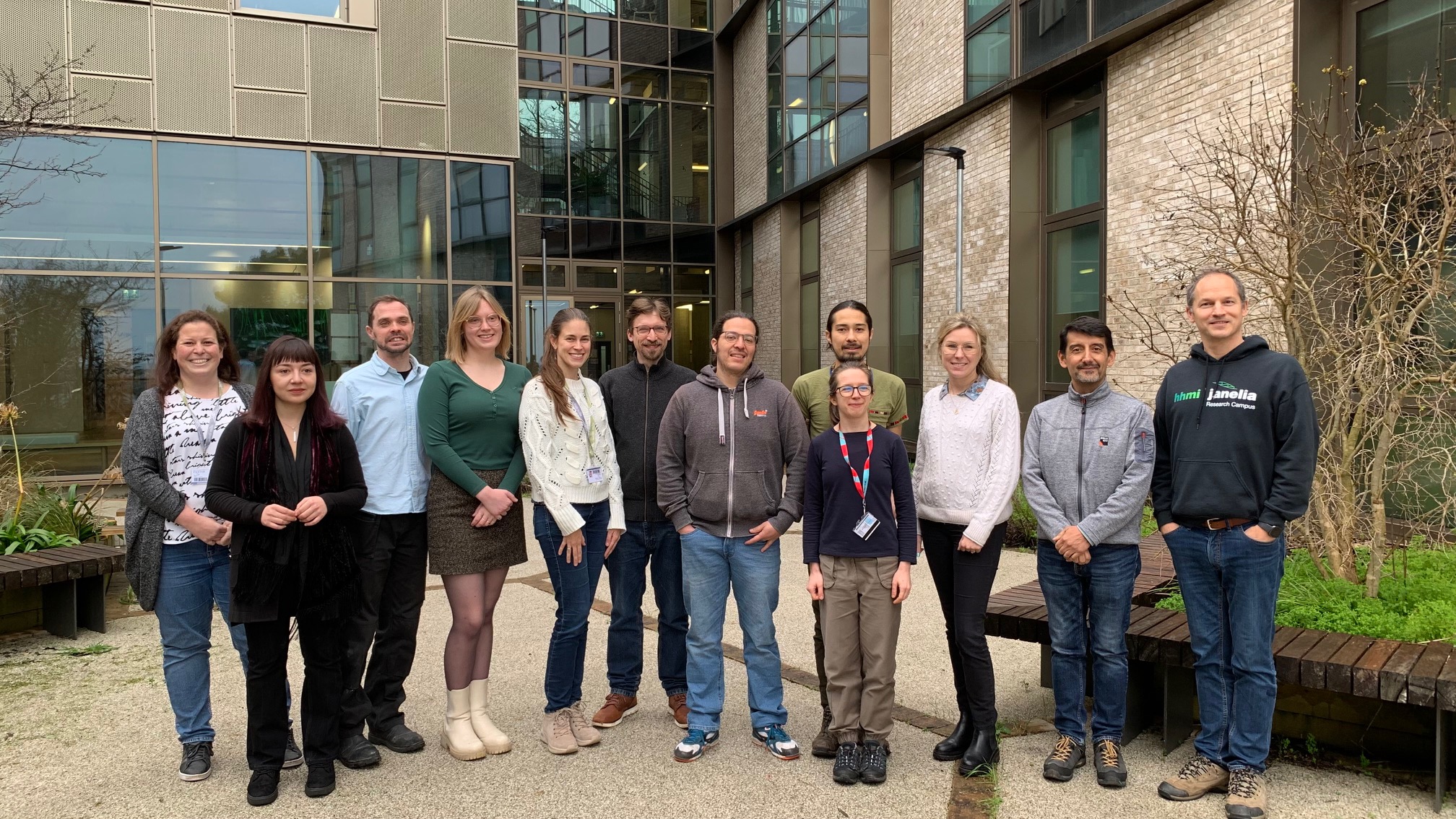

Former lab members
- Albina Asadulina
- James Beard
- Markus Conzelmann
- Nadine Randel
- Philipp Bauknecht
- Martin Gühmann
- Cristina Pineiro-Lopez
- Nobuo Ueda
- Aurora Panzera
- Csaba Verasztó
- Elizabeth Williams
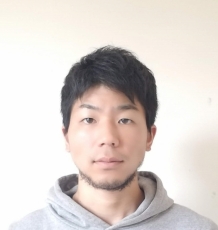
We have recently moved to Heidelberg
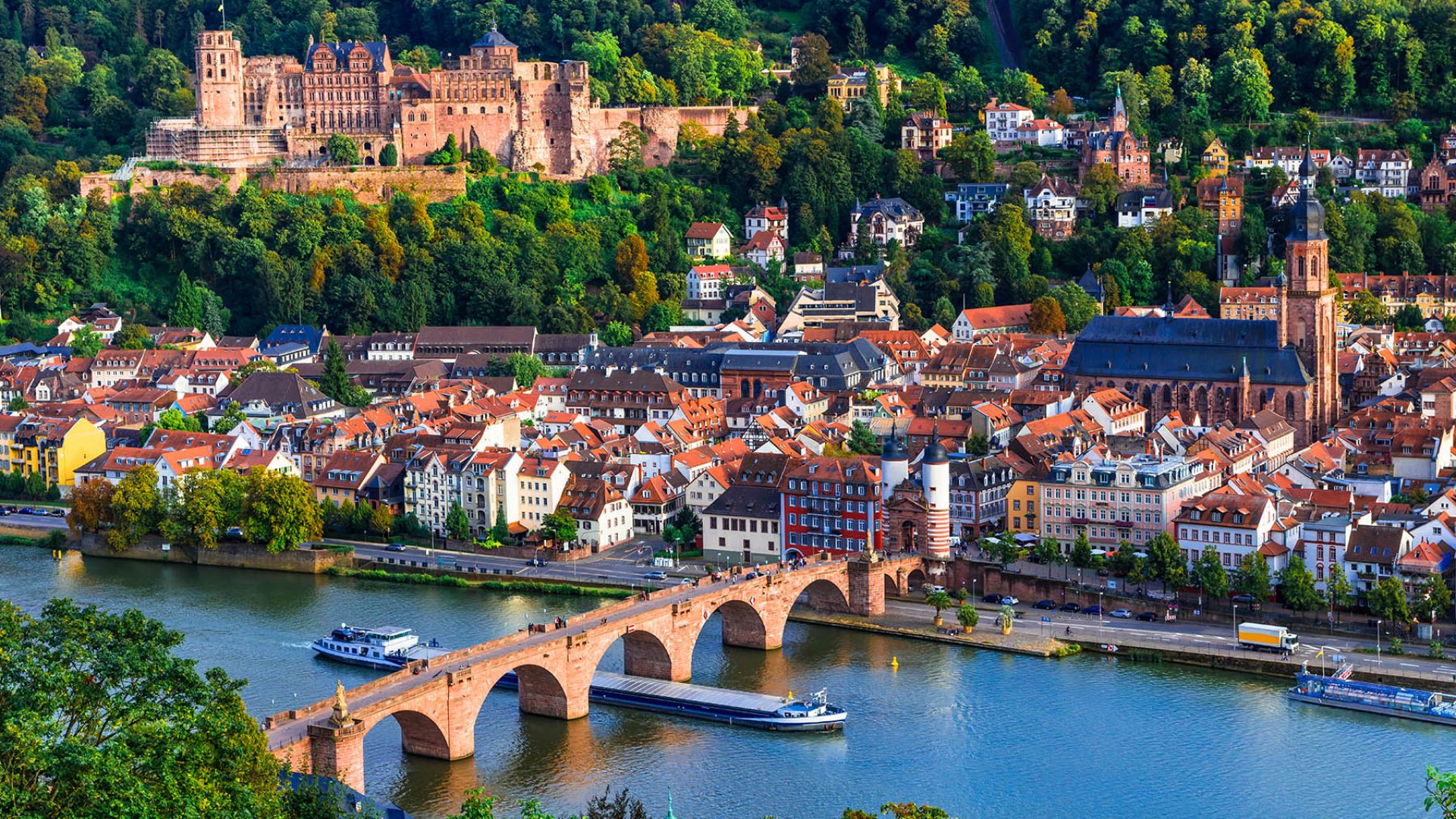

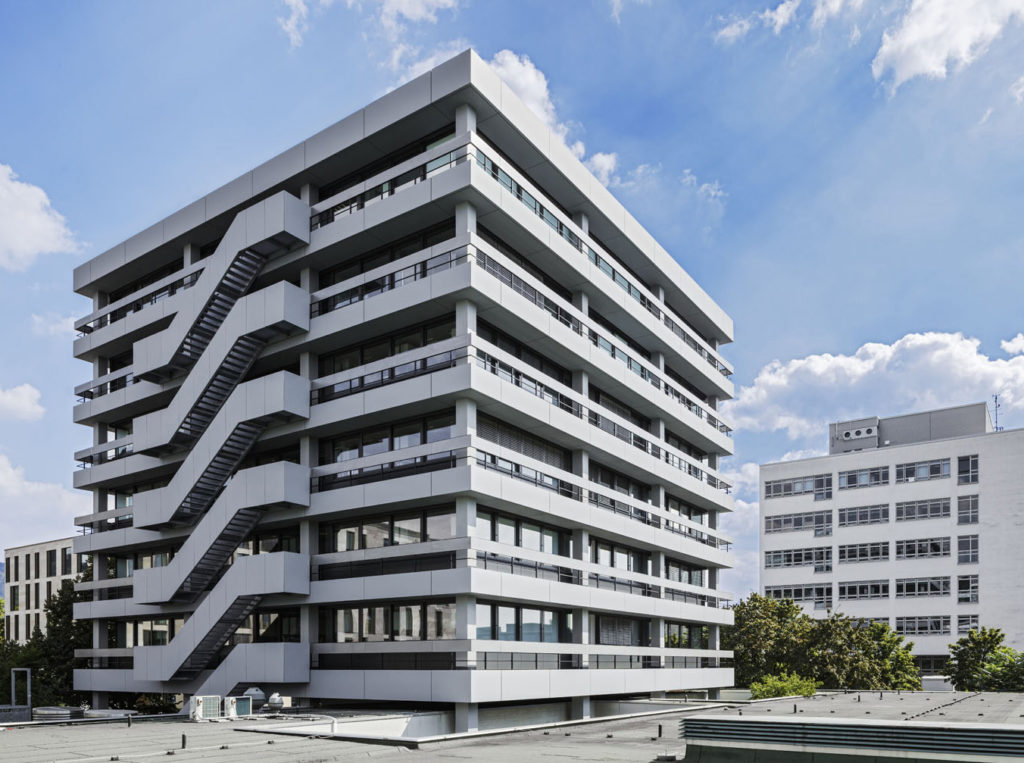
Postdoc openings - please get in touch!